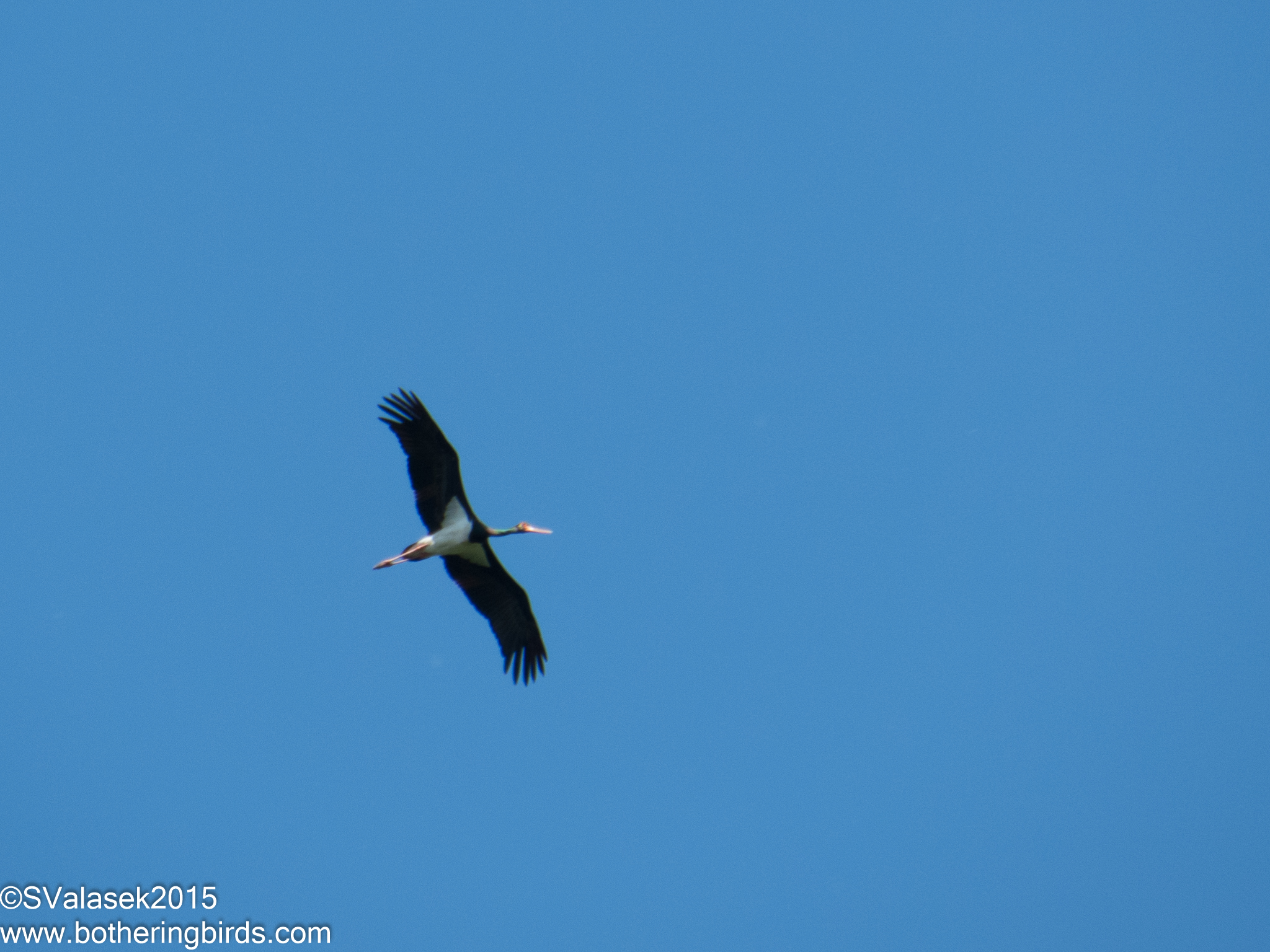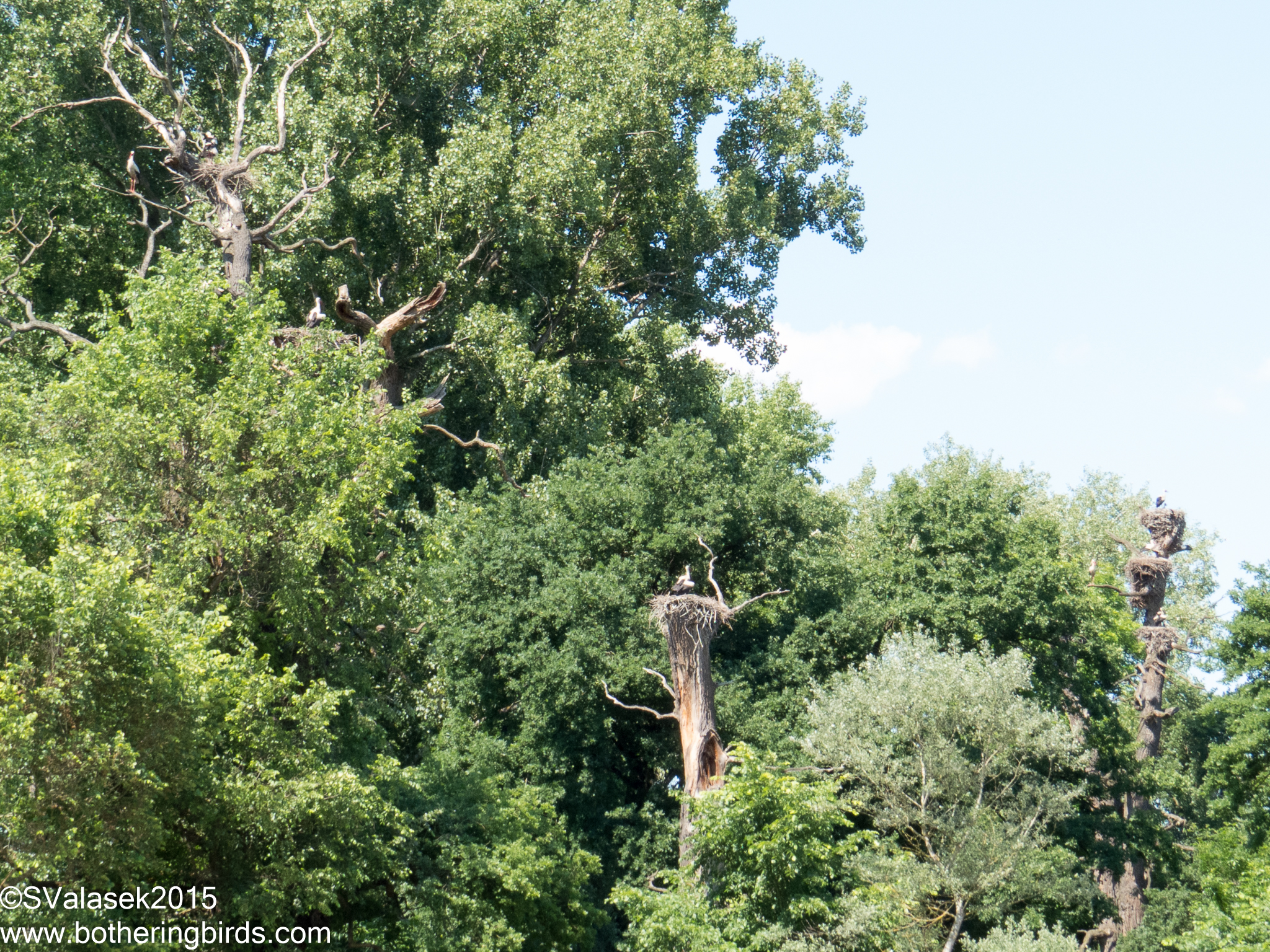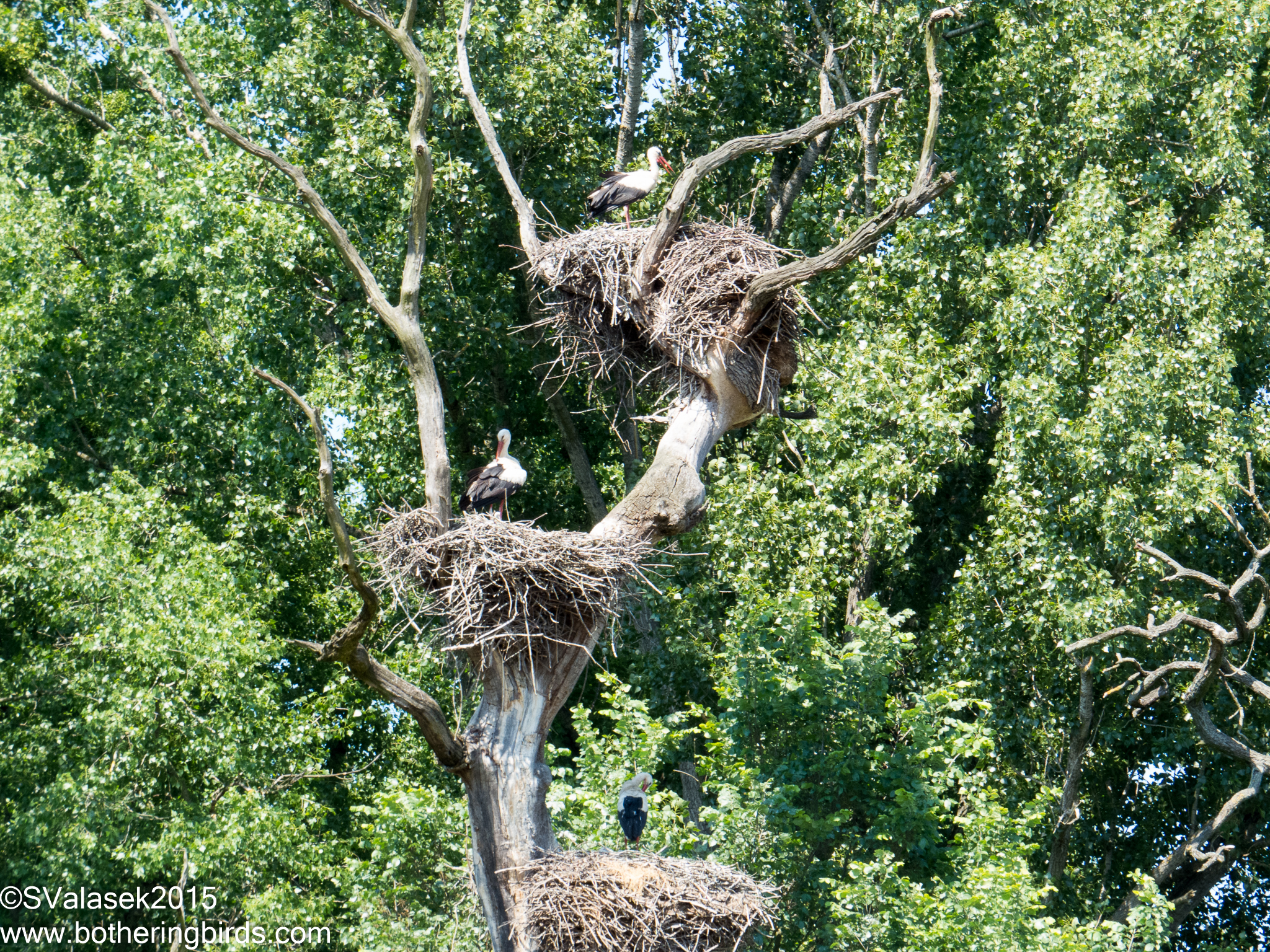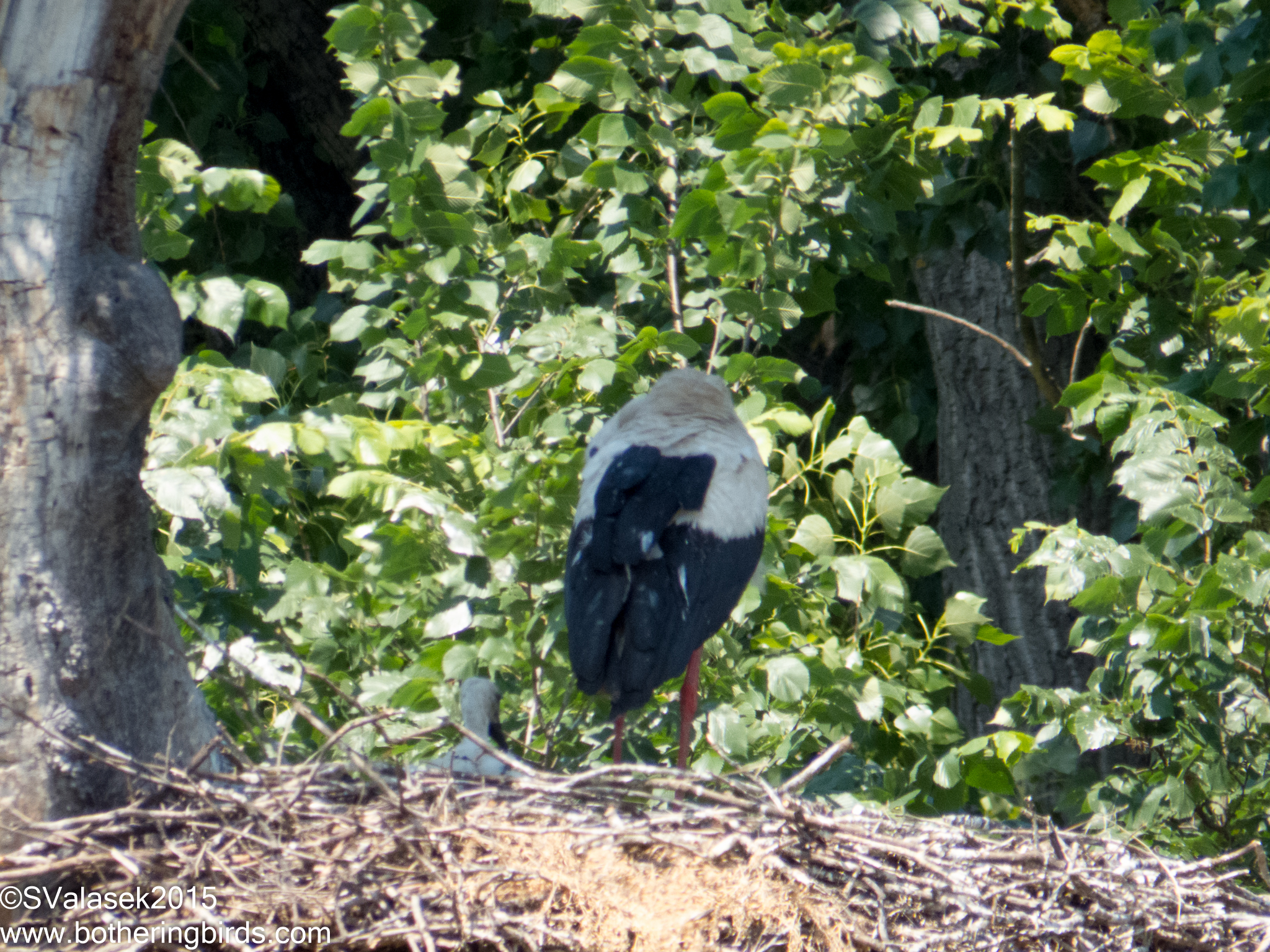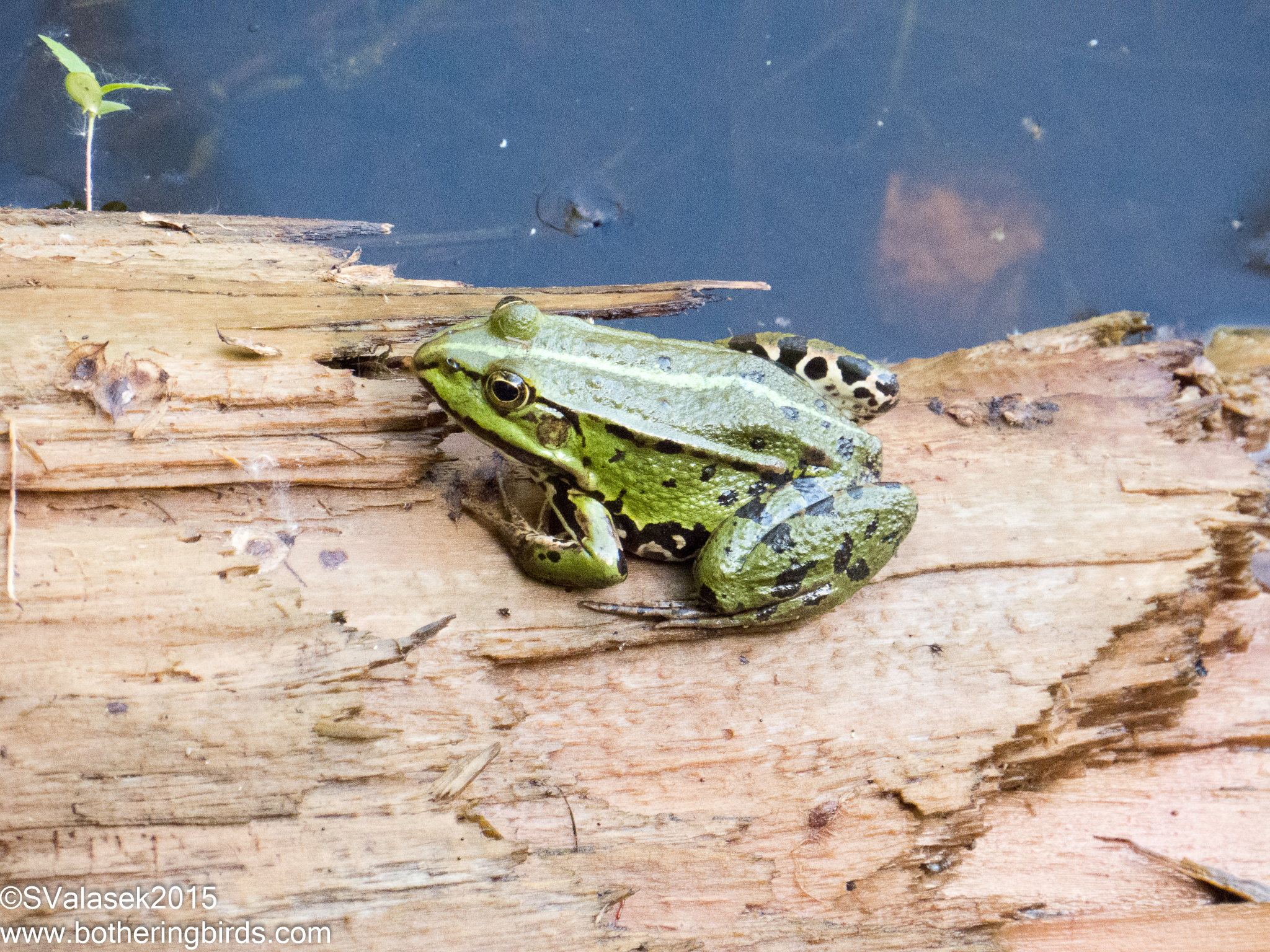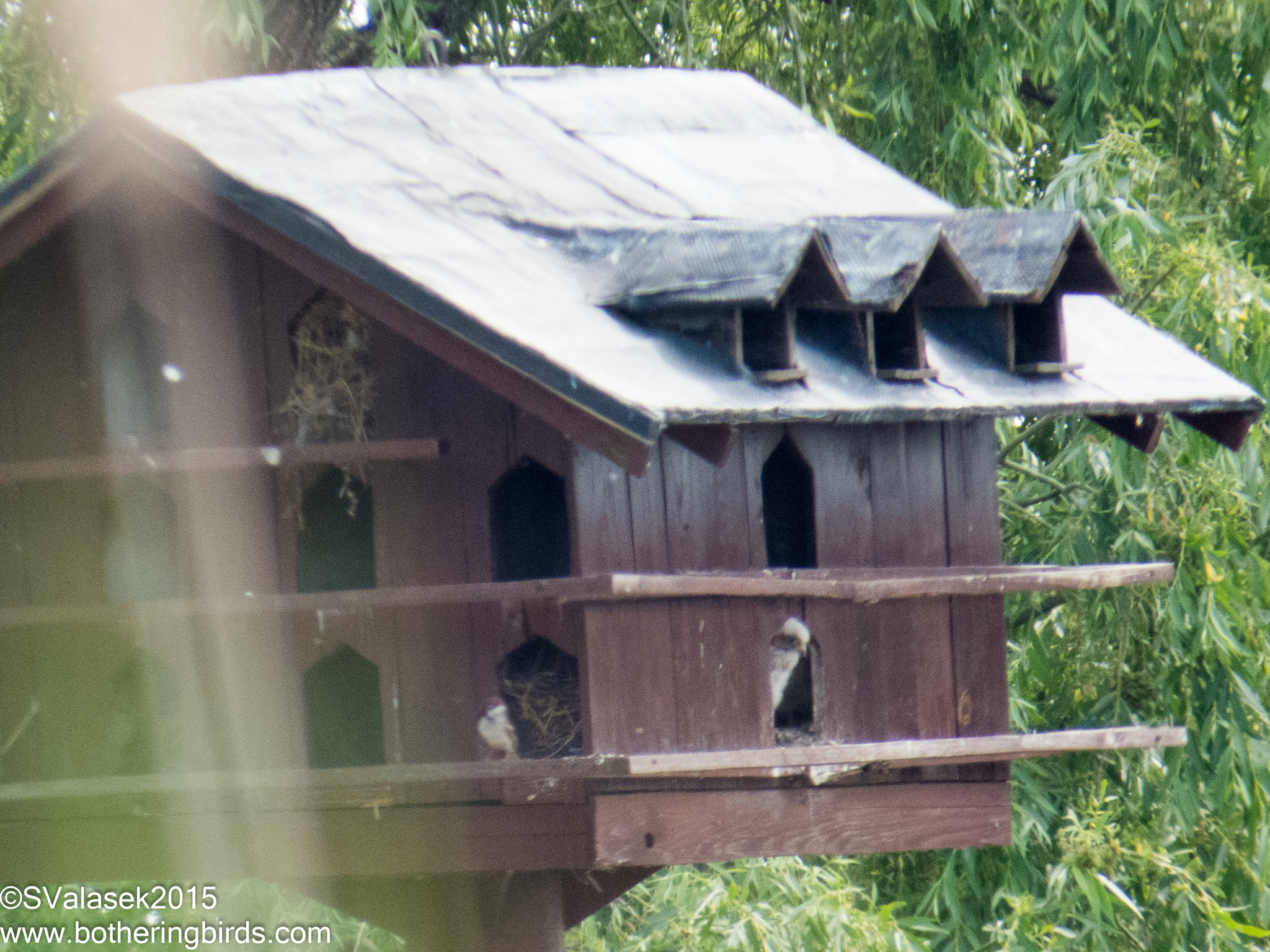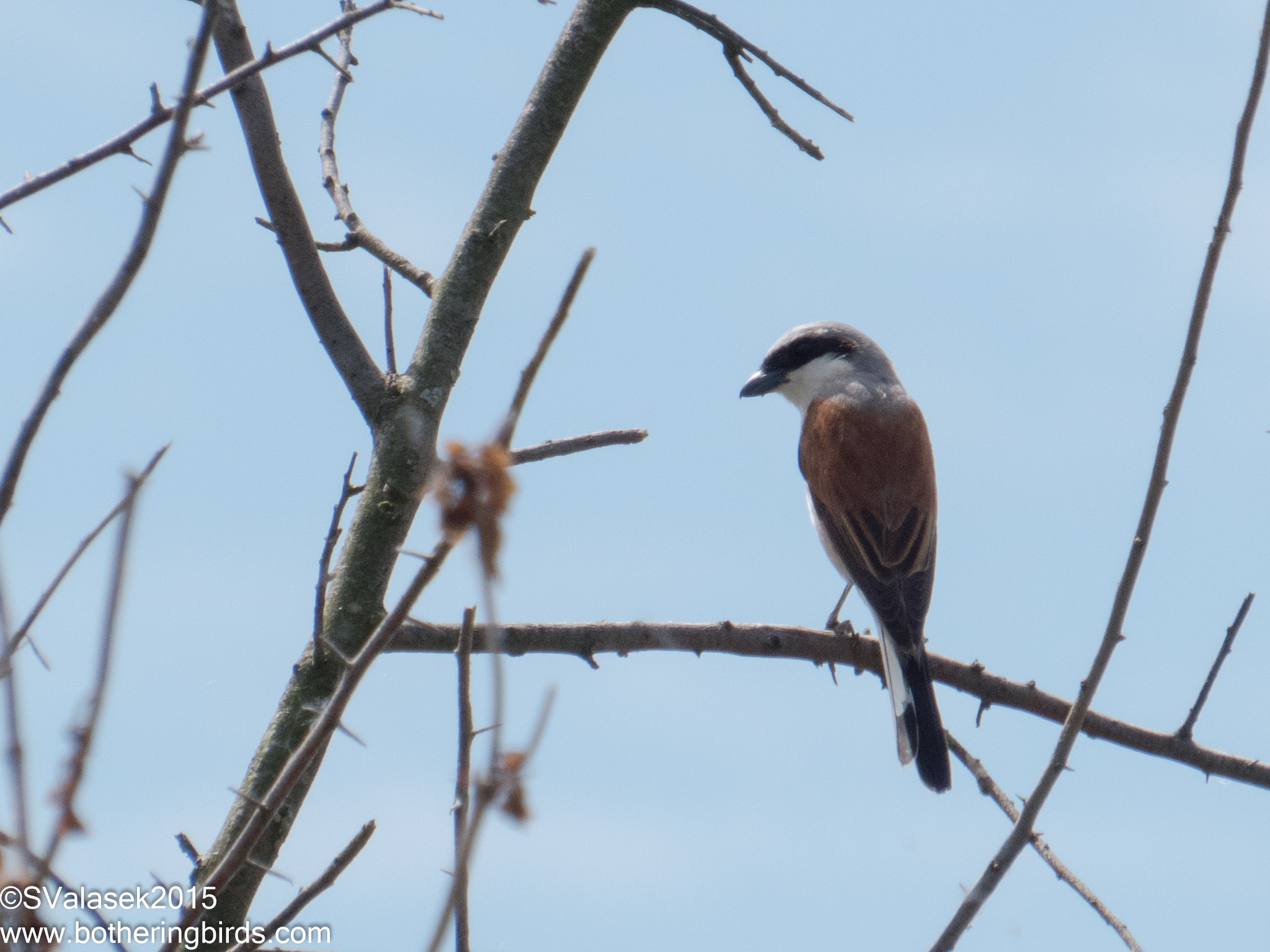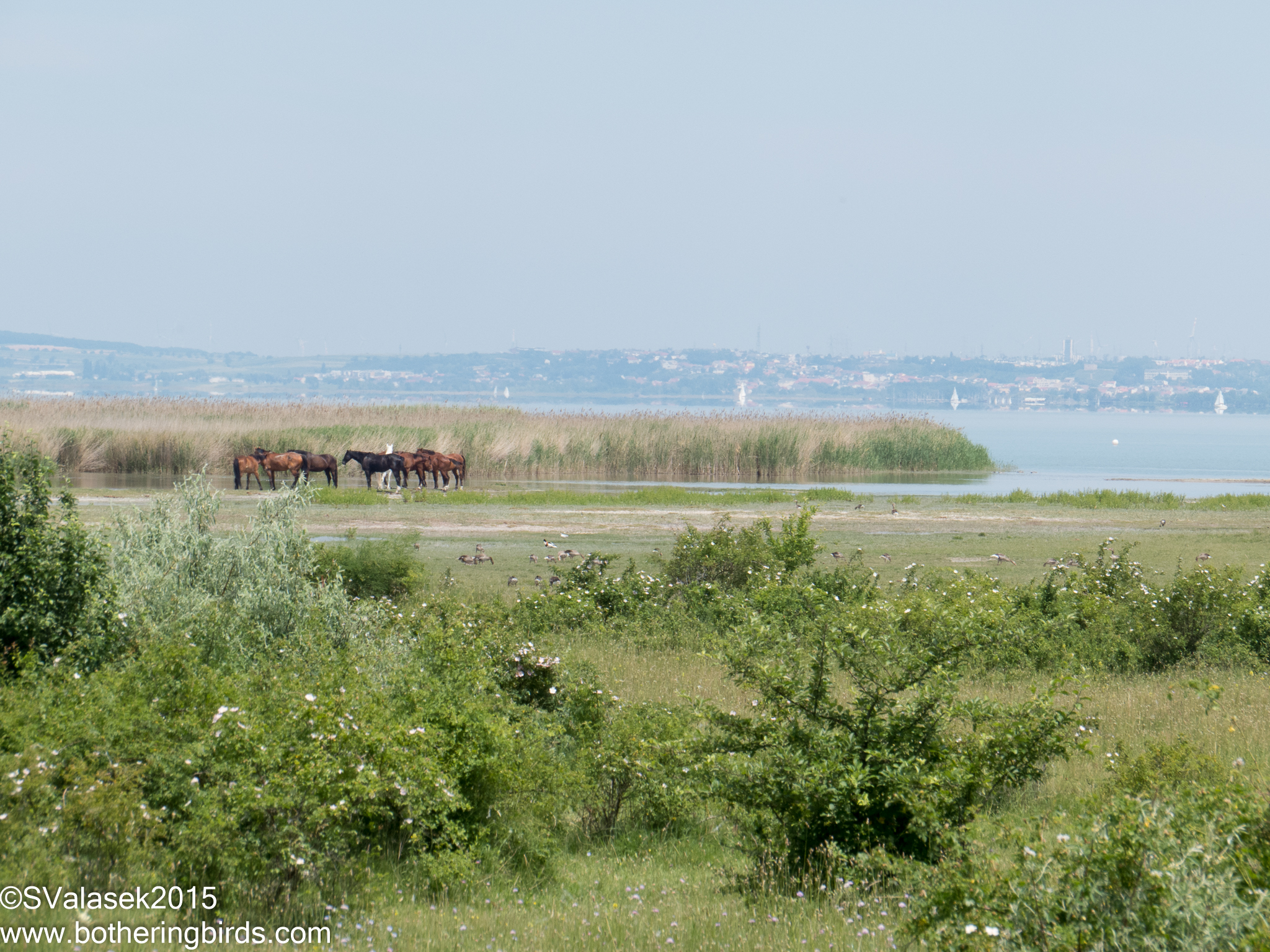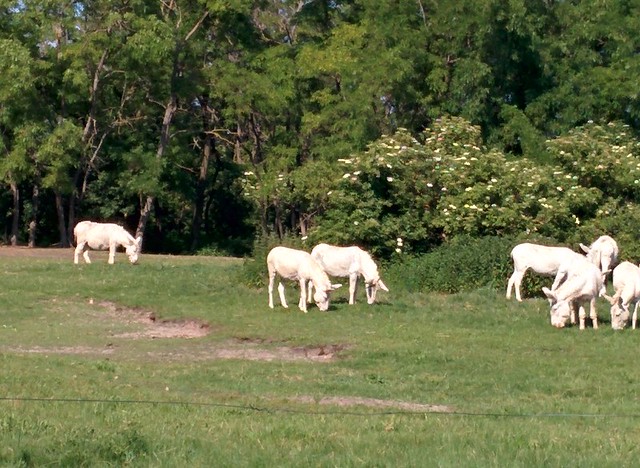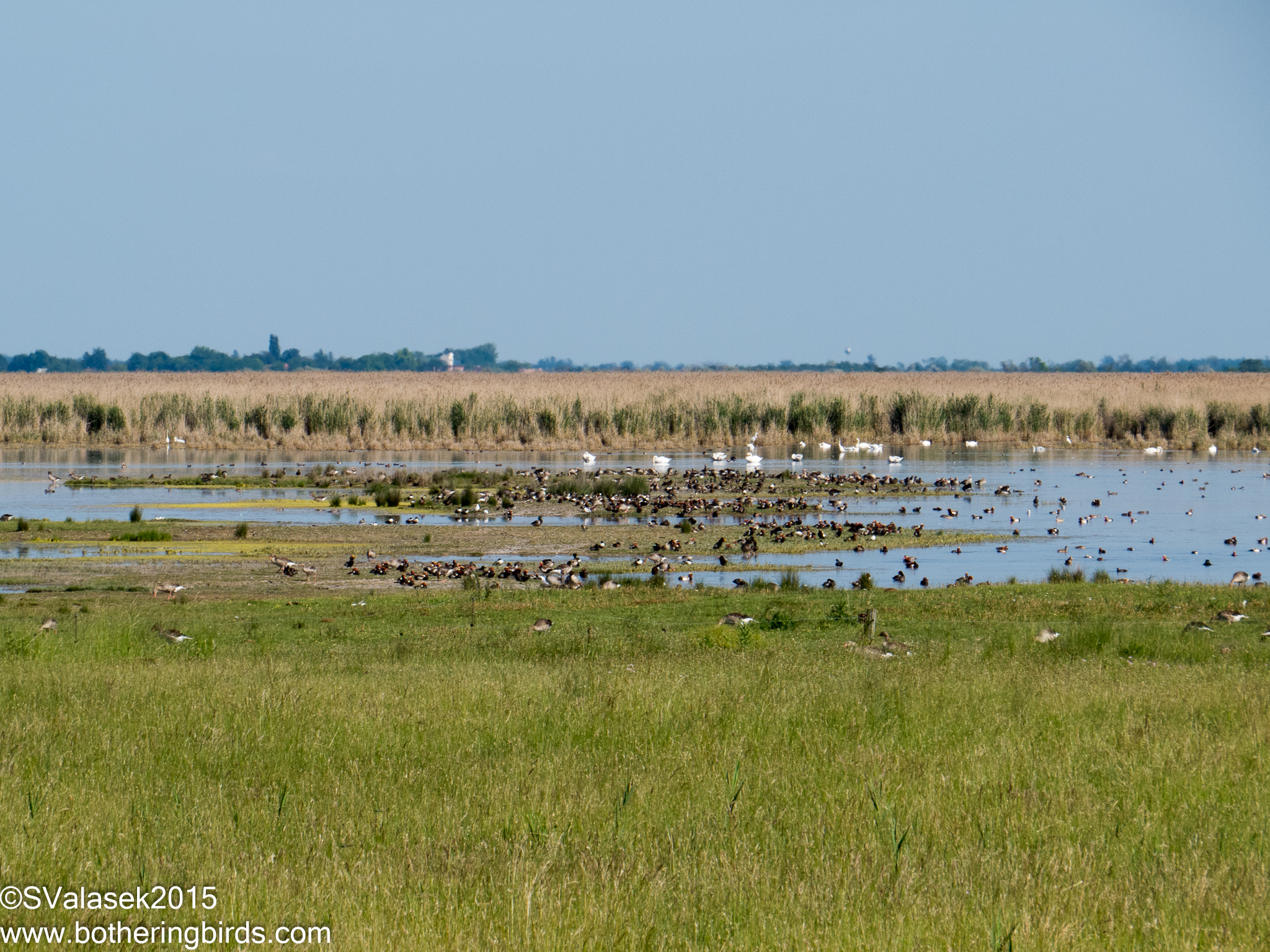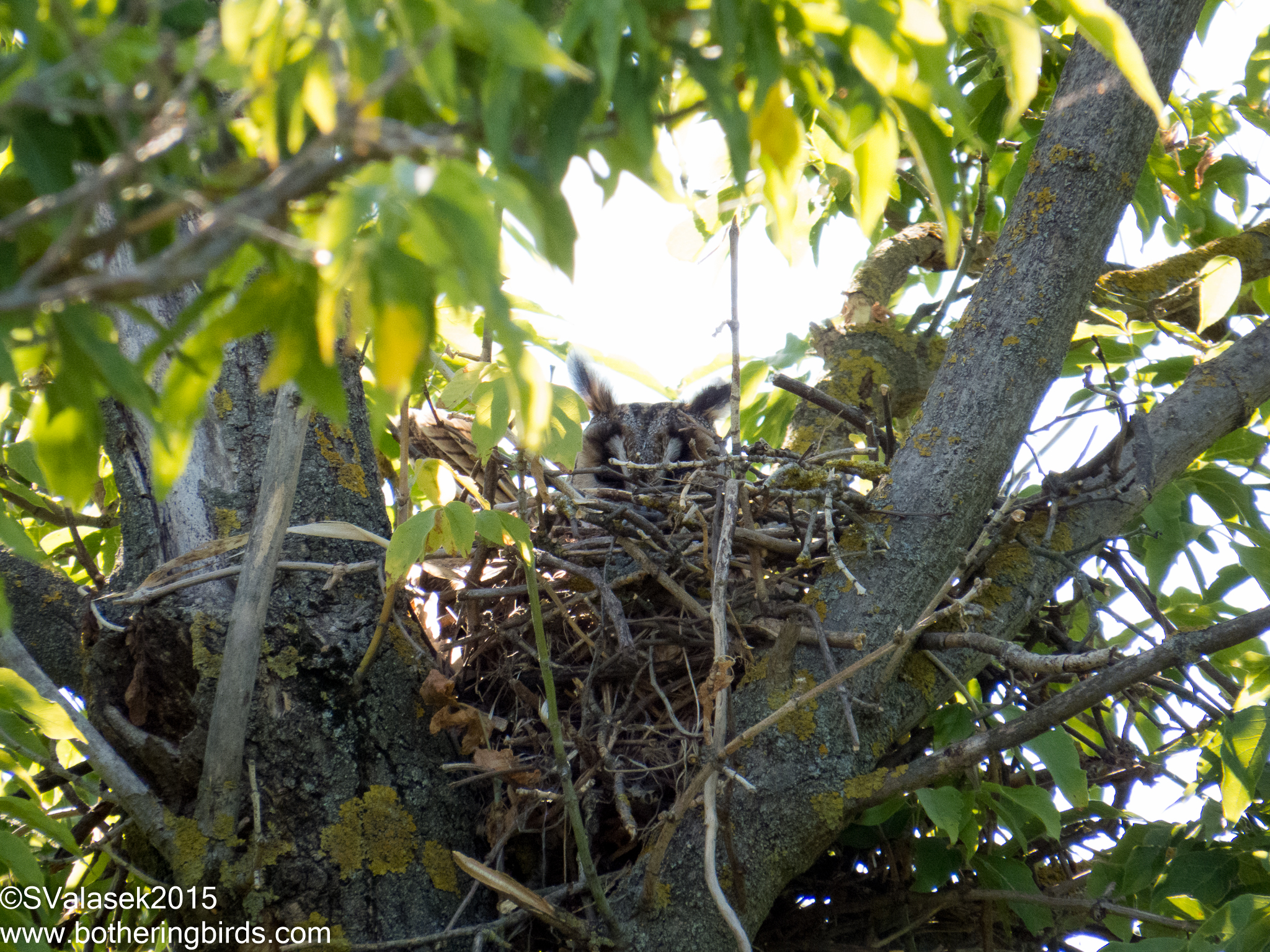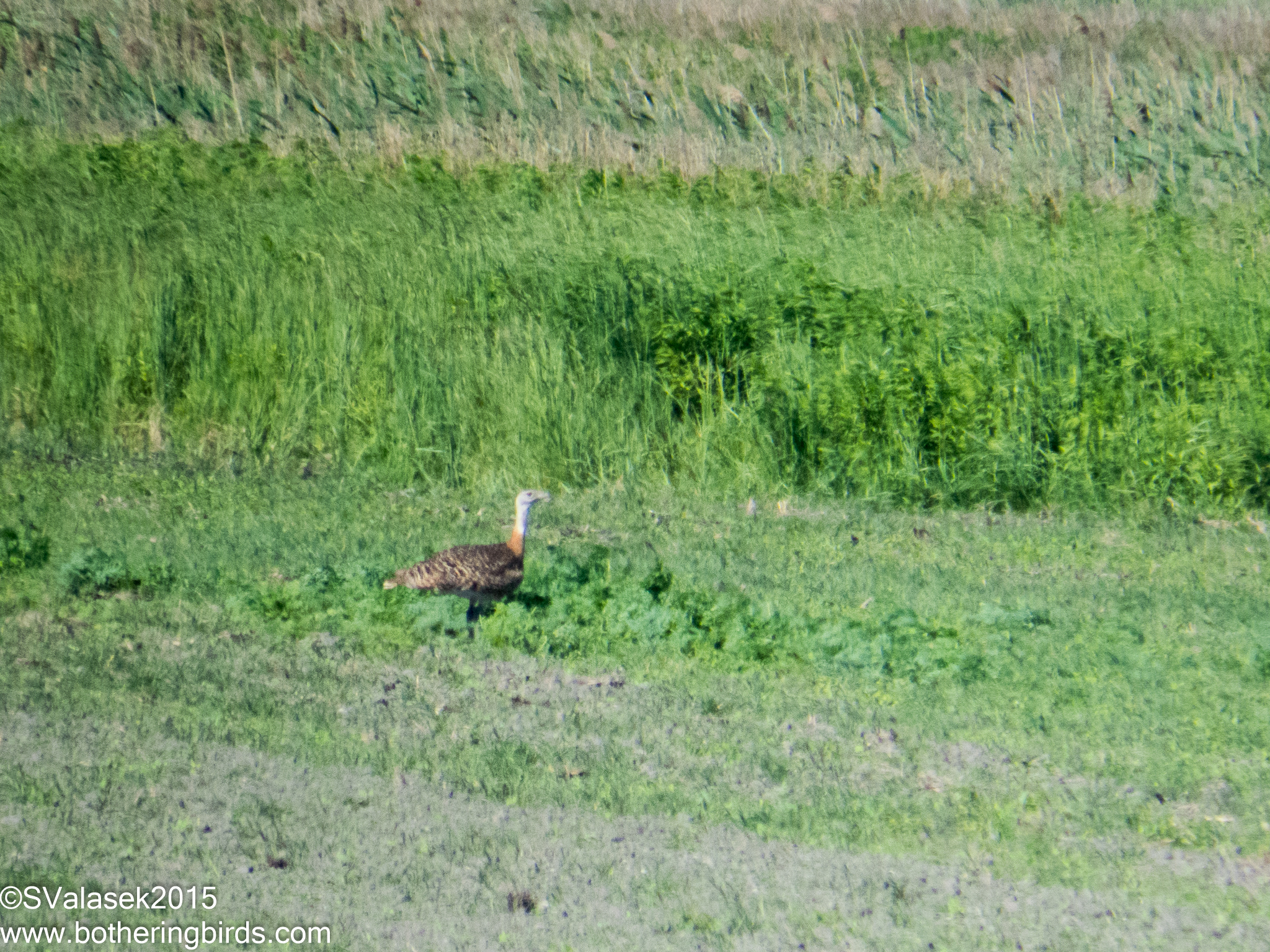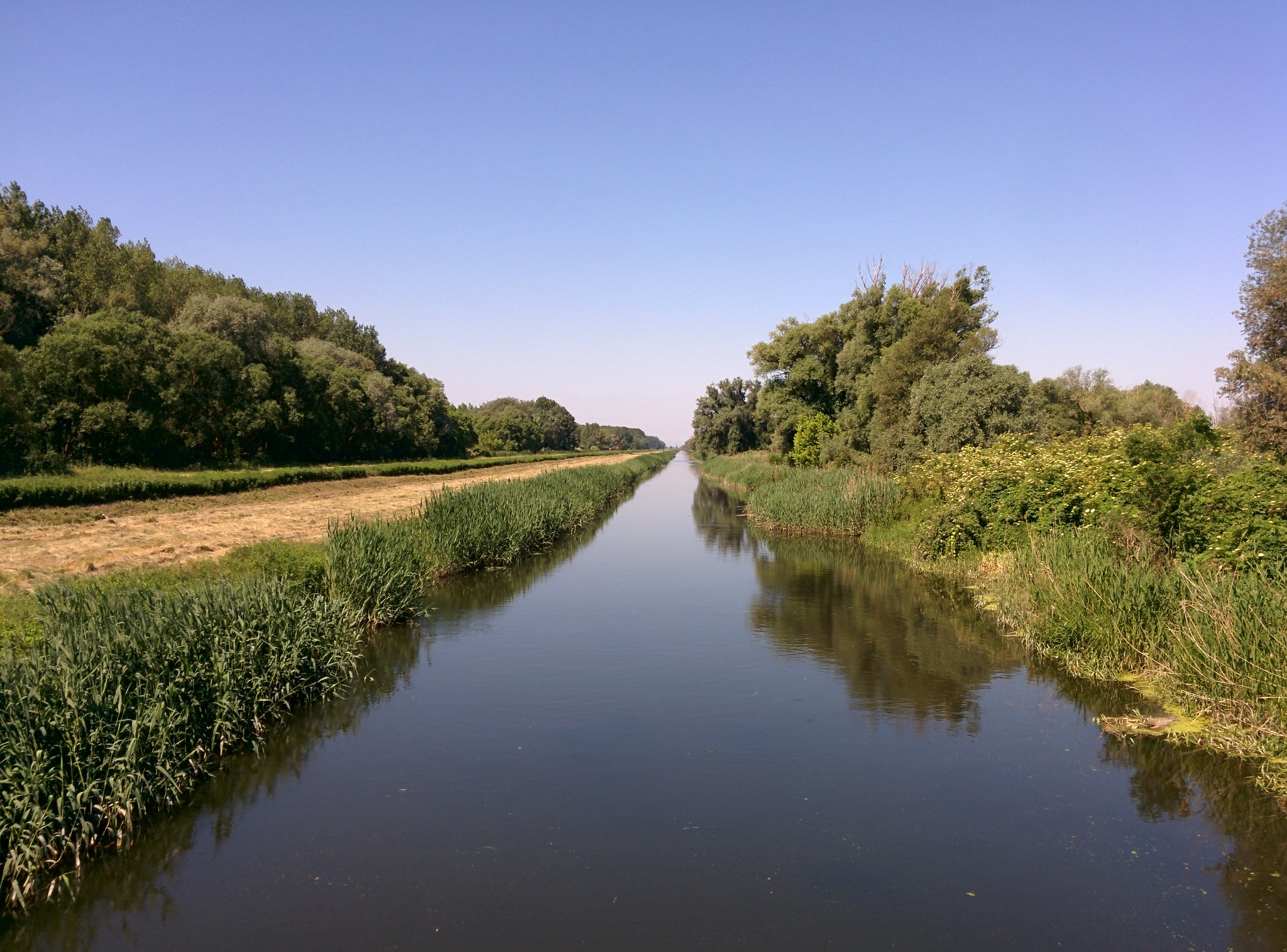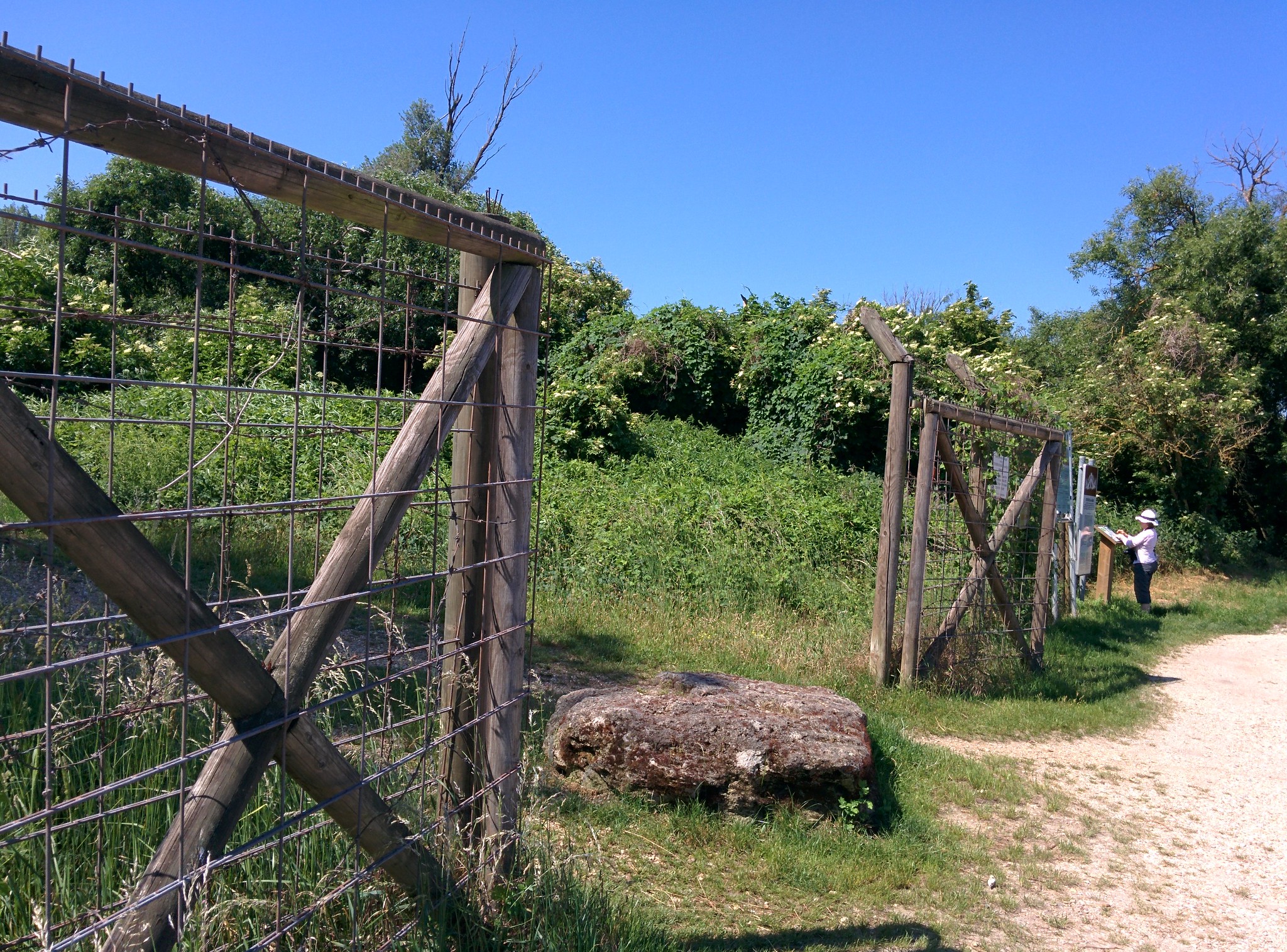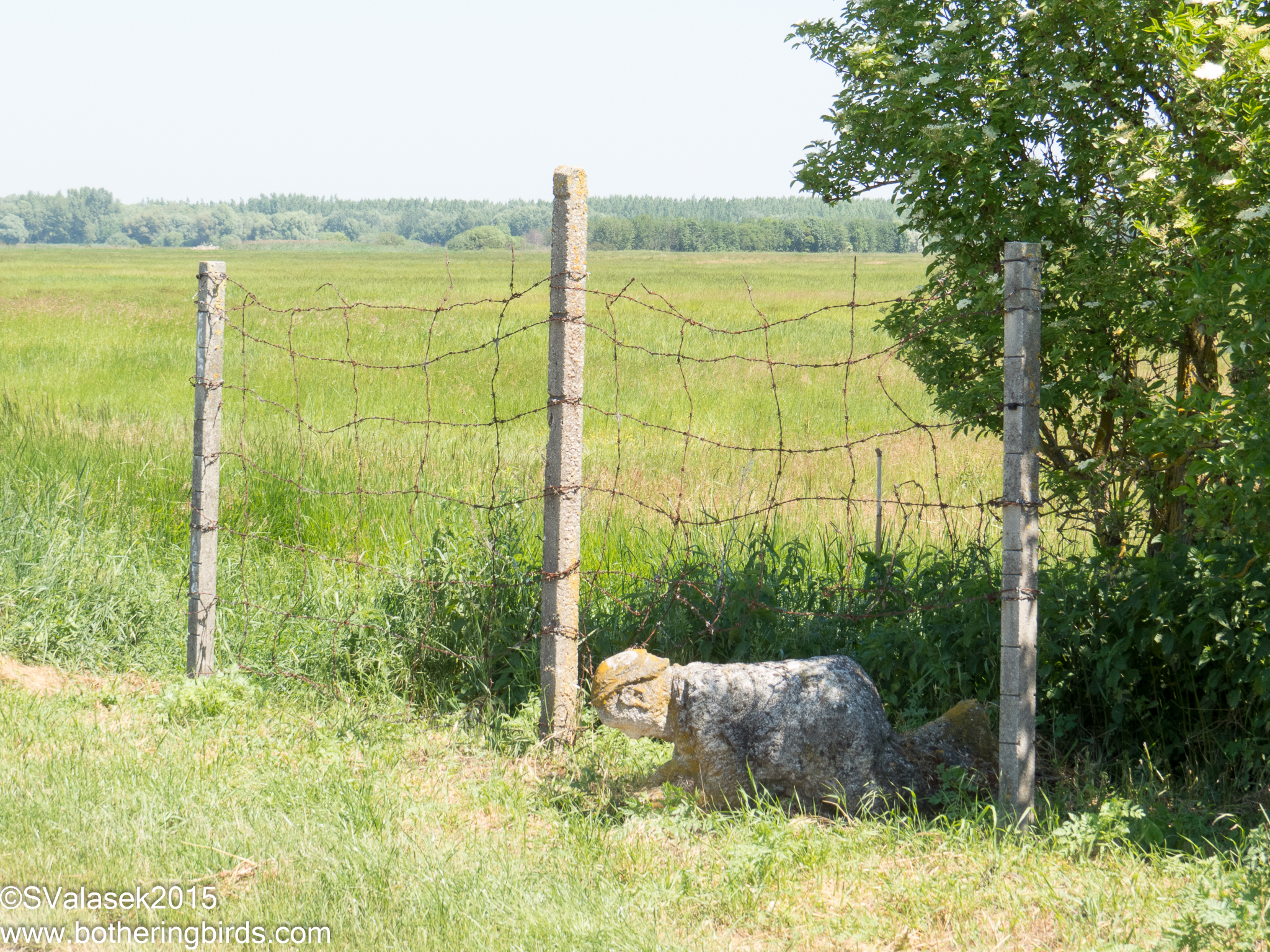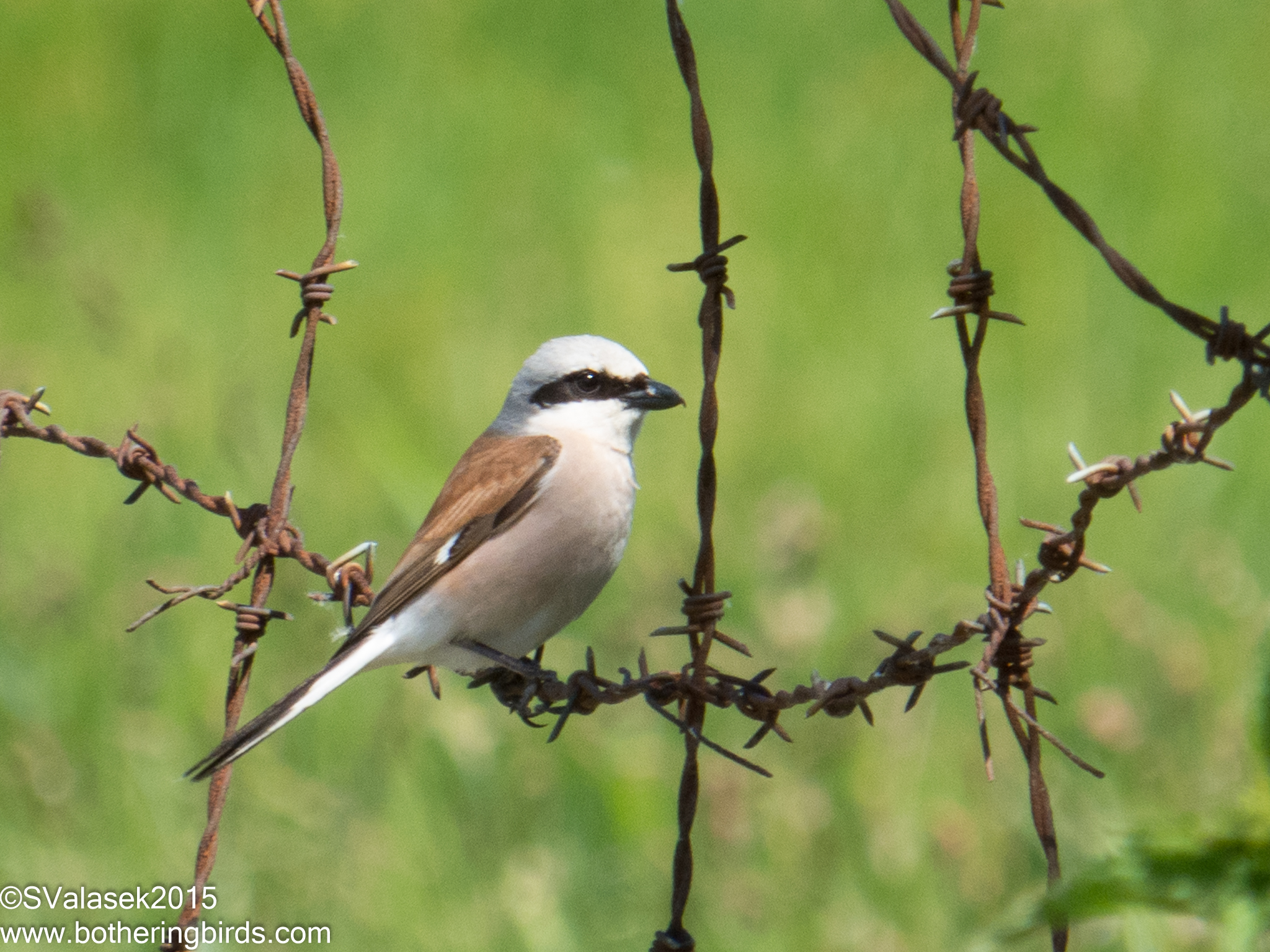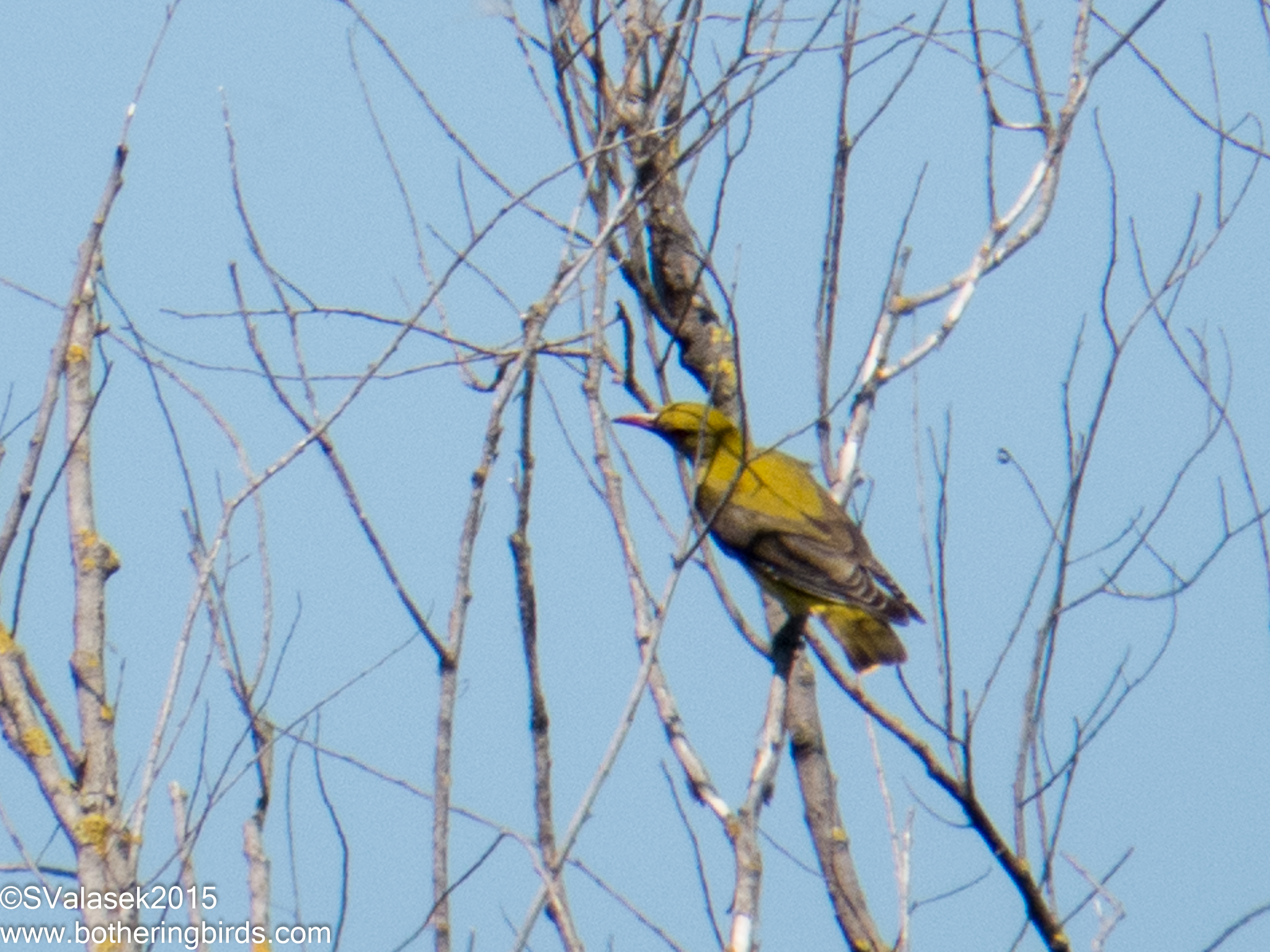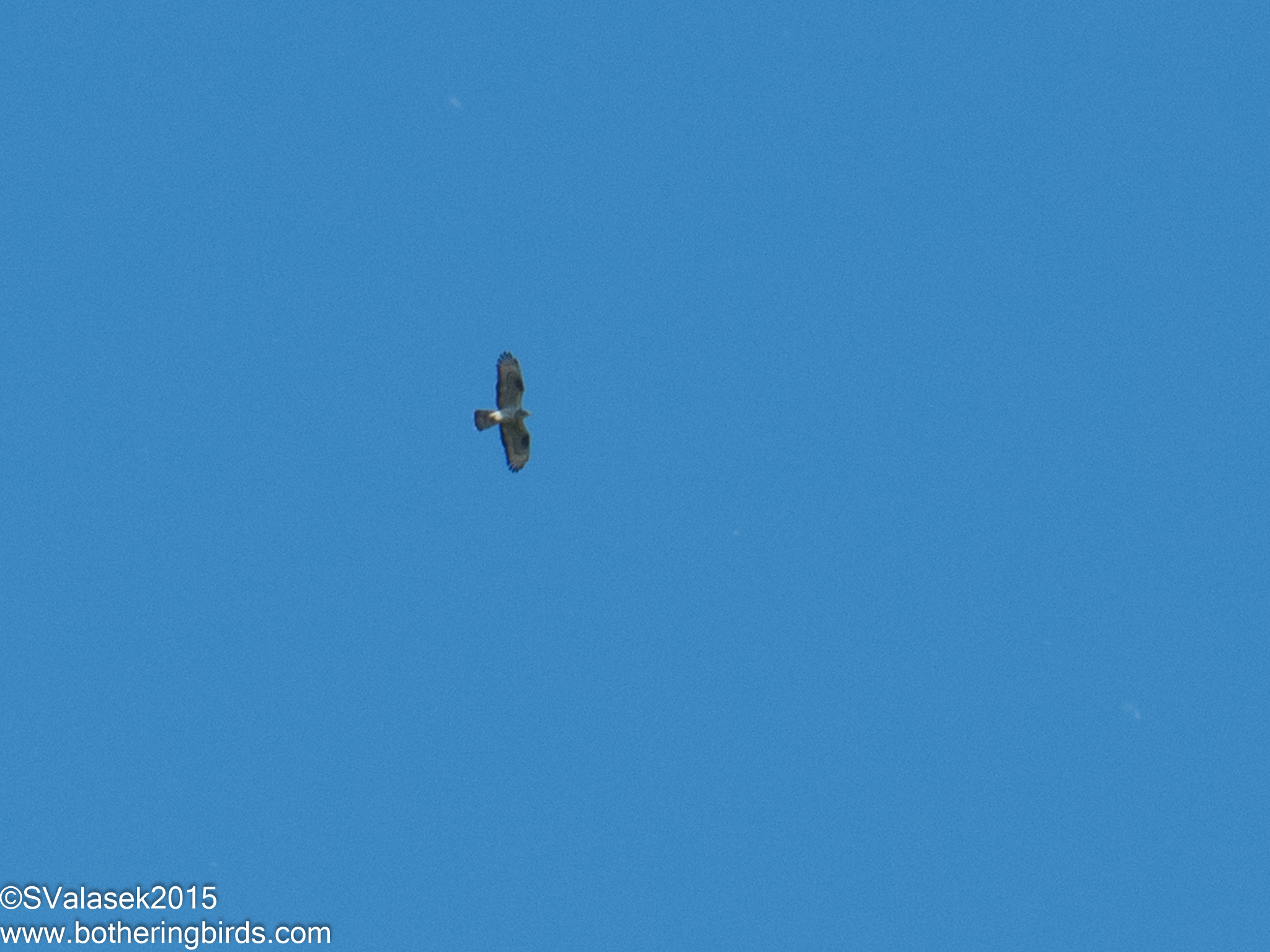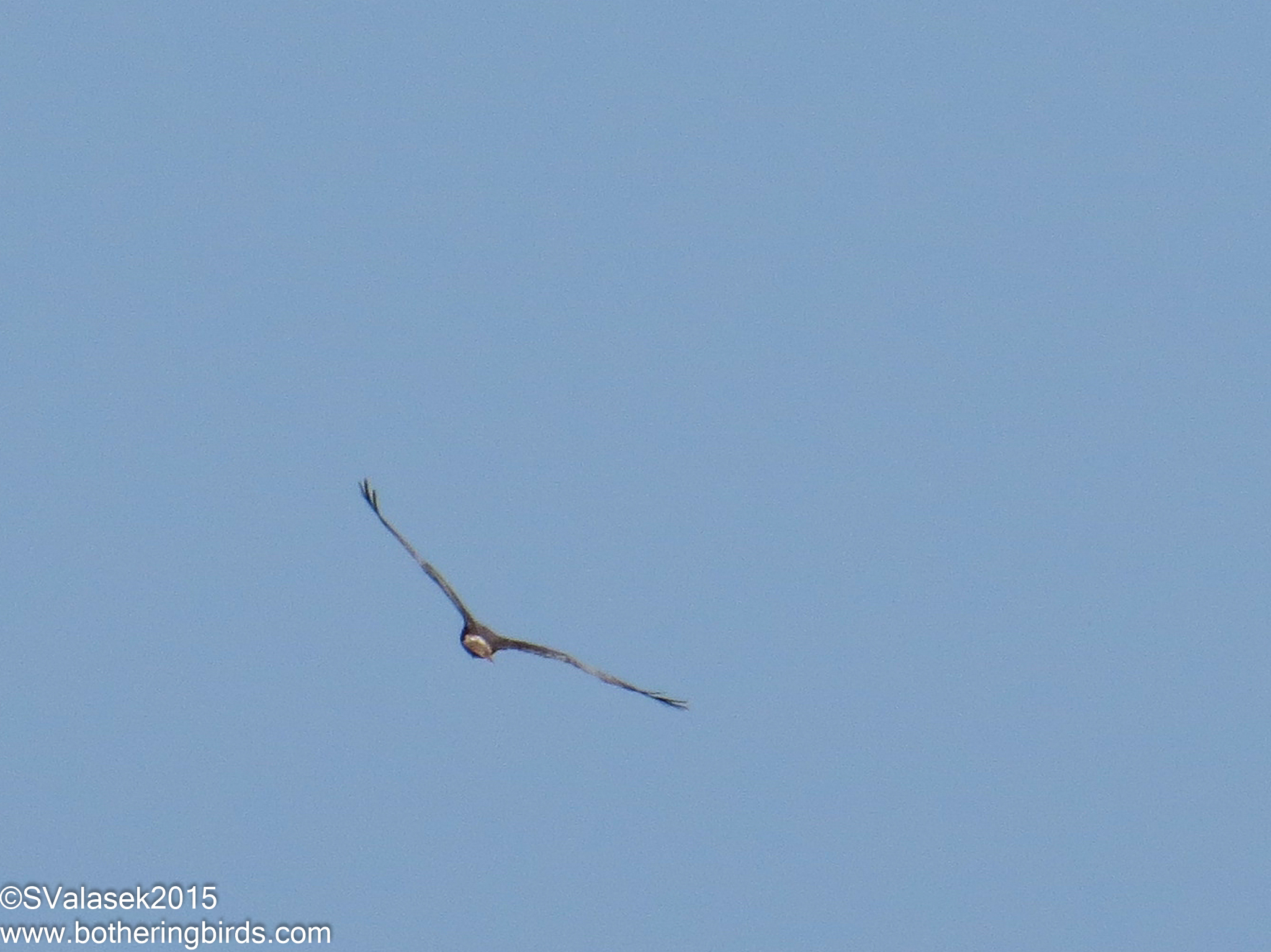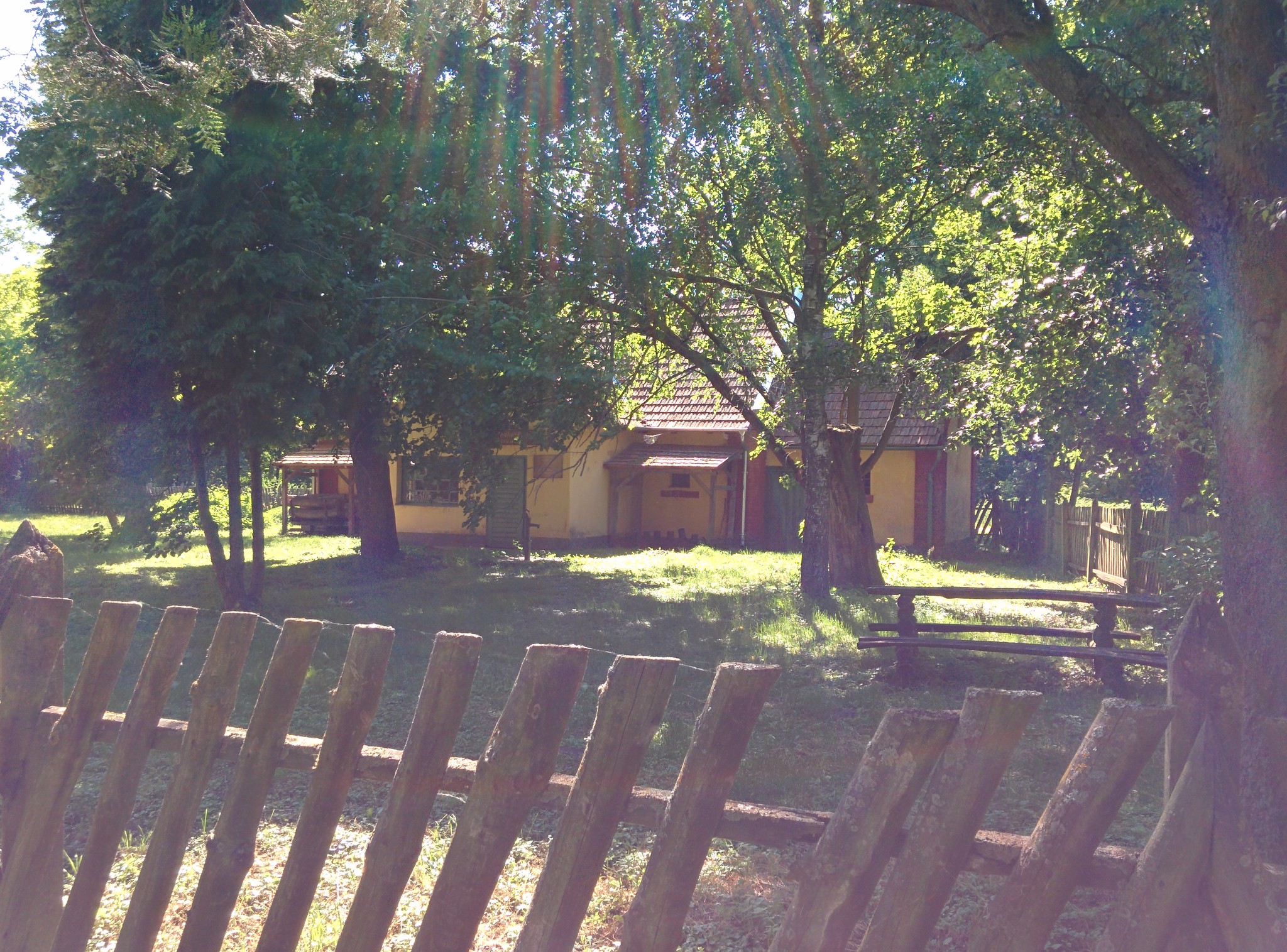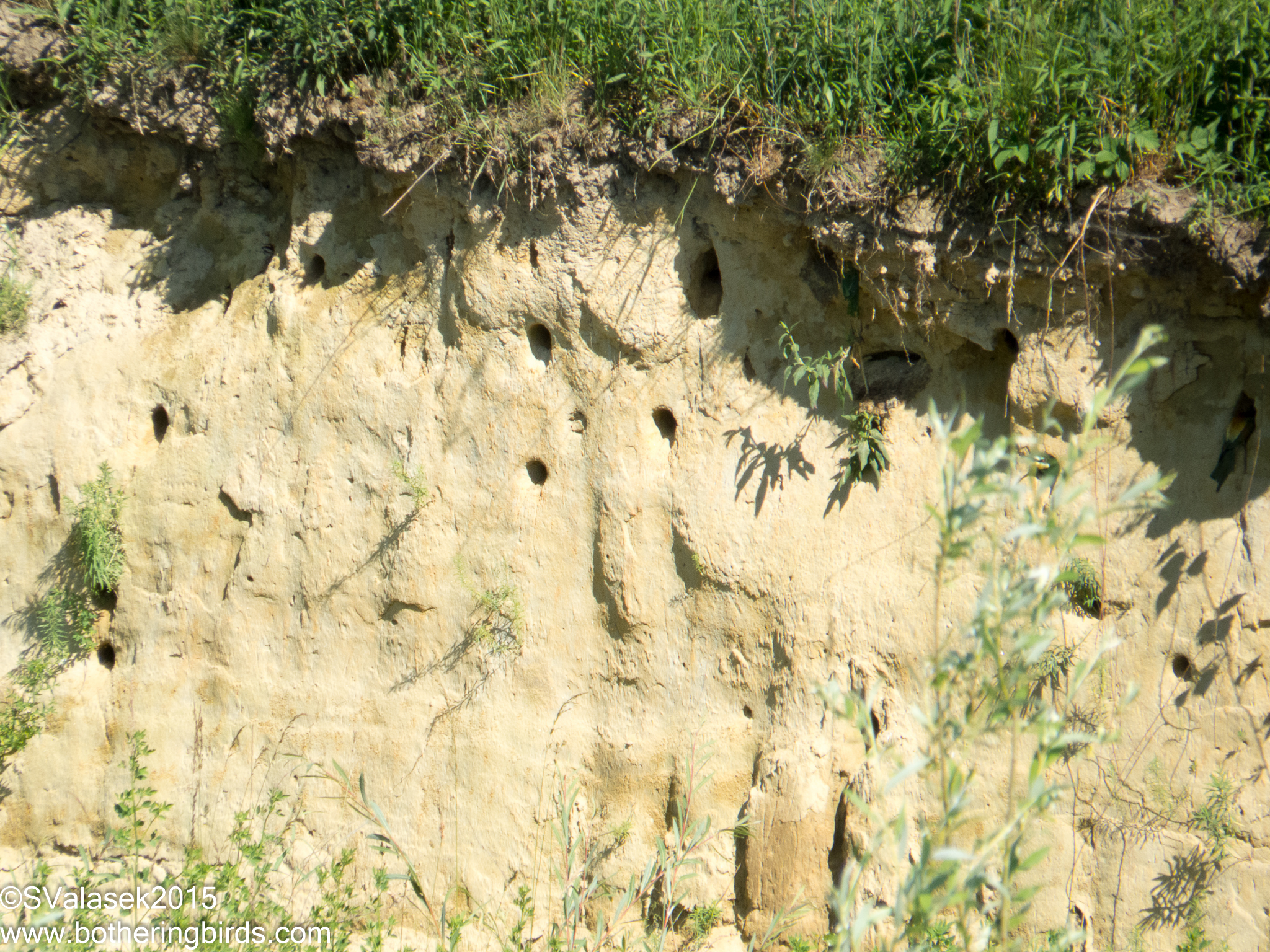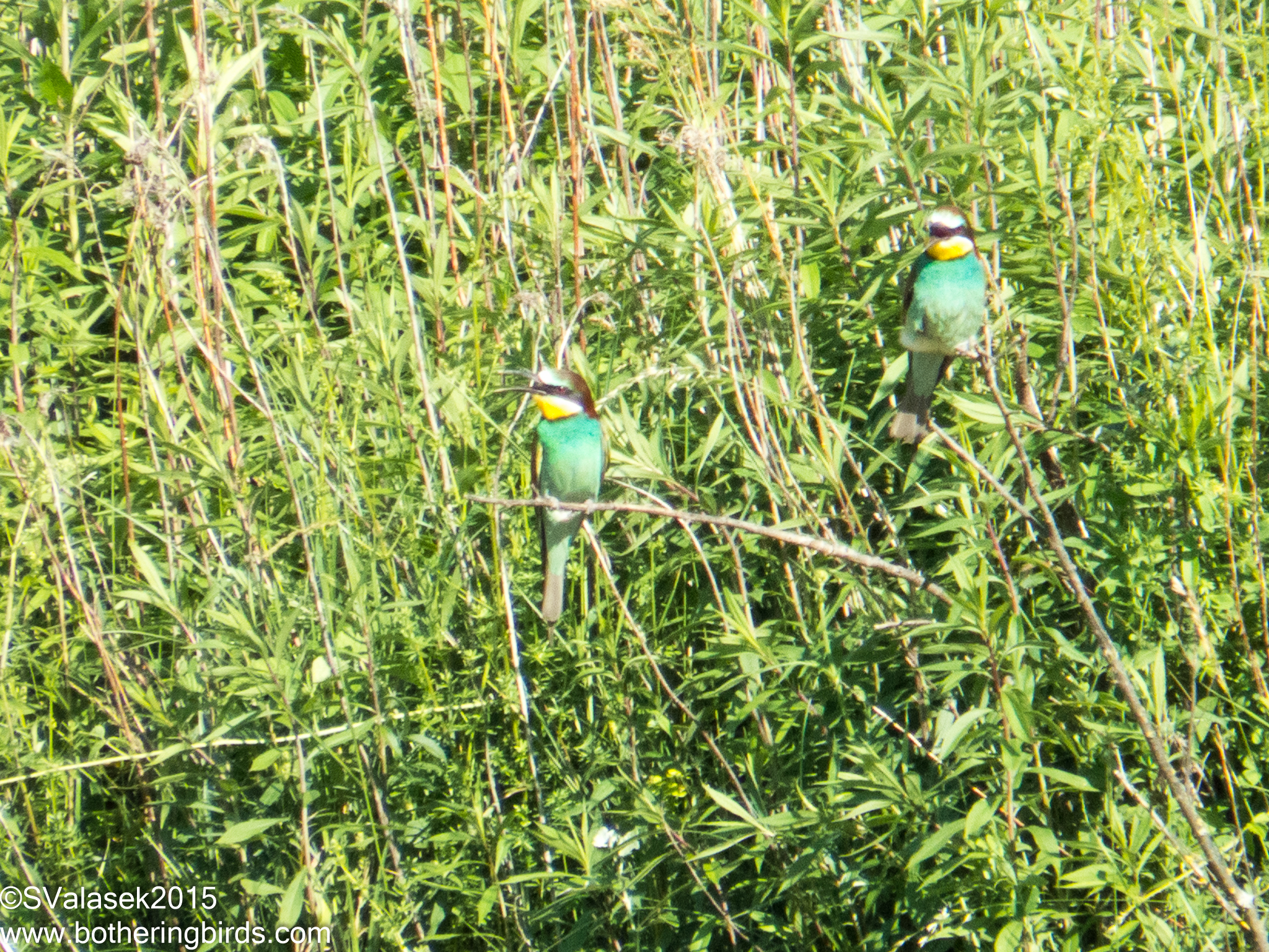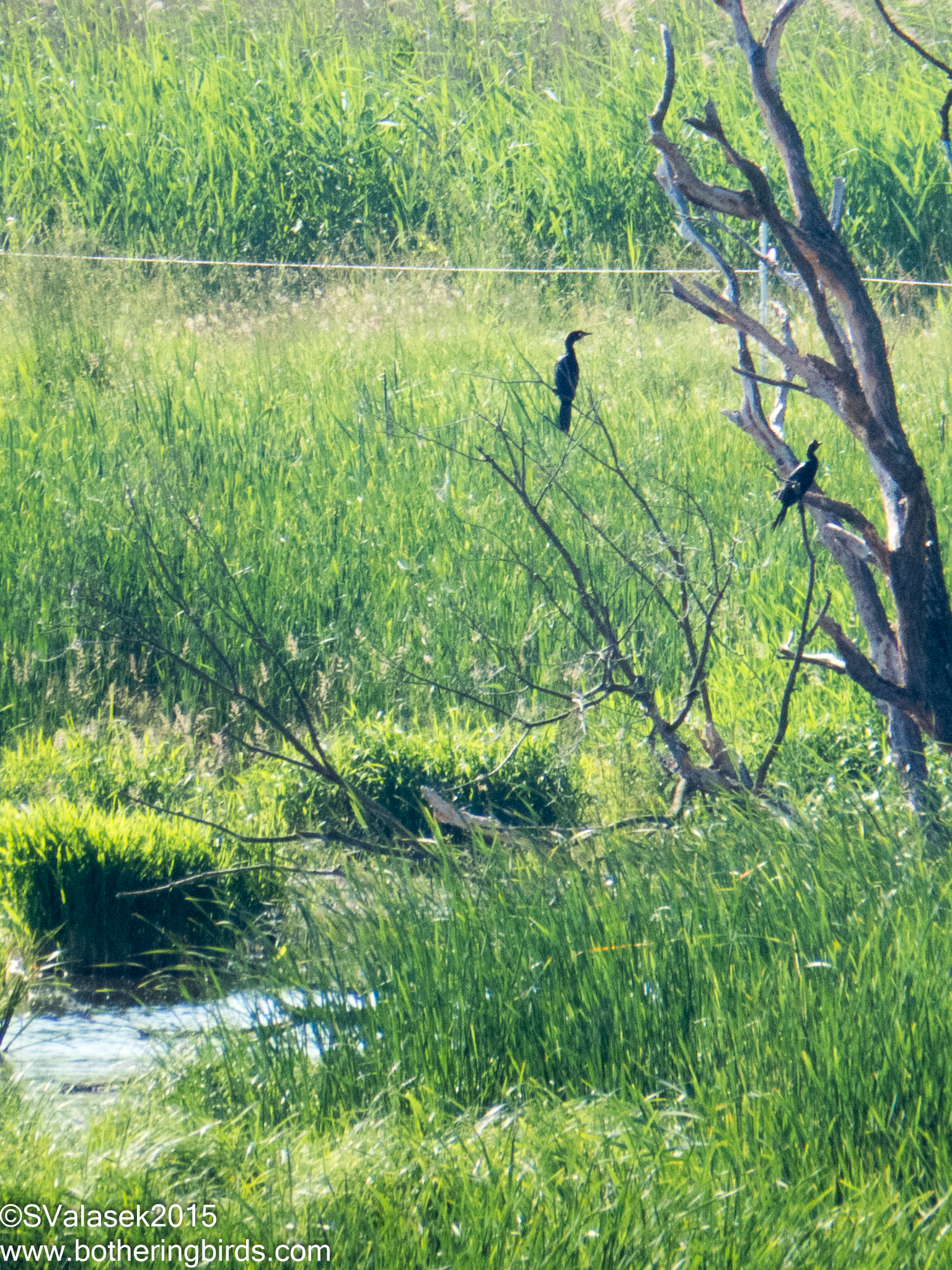This is my fourth post about my recent trip to Austria with Birdwatch Ireland, if you missed them, you should go read the previous posts.
The morning of our fourth day in Austria would take the group to the extensive reed beds that surround Lake Nuesiedel. A road called the Seegasse cuts through the lake on it's way to a popular bathing spot and harbor. We would visit that spot on our final-full day in Austria, and I'll get to that. And in the afternoon we would head East to larger ponds and meadowlands looking for marsh terns.
Our first stop with the motor coach were the aforementioned reed beds. These lined the Seegasse road along a stretch busy with vehicle and bicycle traffic. The reeds also hid ponds of various sizes and breaks would give us some glances at some interesting birds. One of the first birds that we would see was a singing Great Reed-Warbler staking out it's territory.
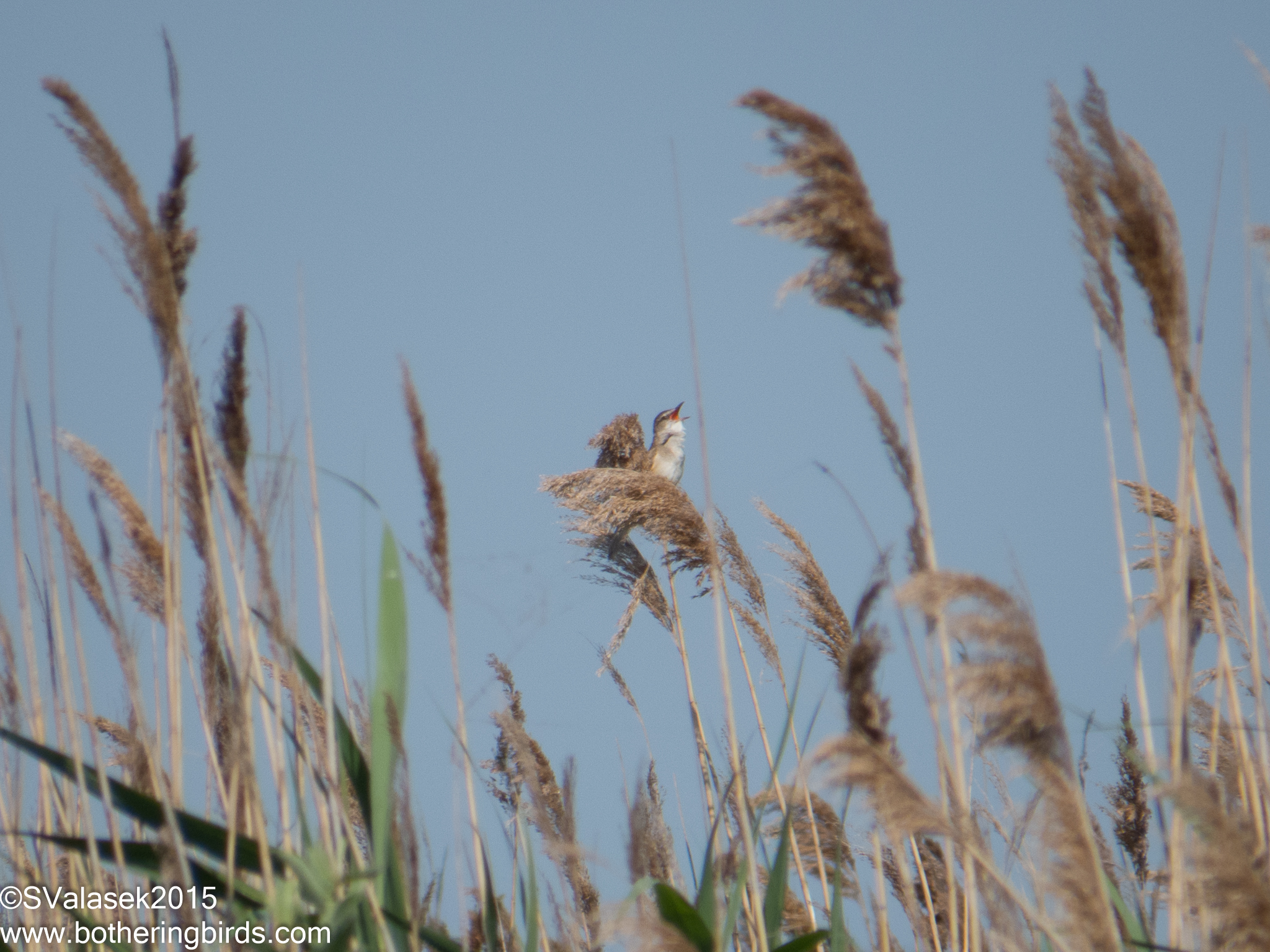 |
| Greet Reed-Warbler - Nuesiedlersee NP, Astria |
Nearby the calls of a Penduline Tit were heard, and then the bird was seen collecting nesting materials from the reed heads.
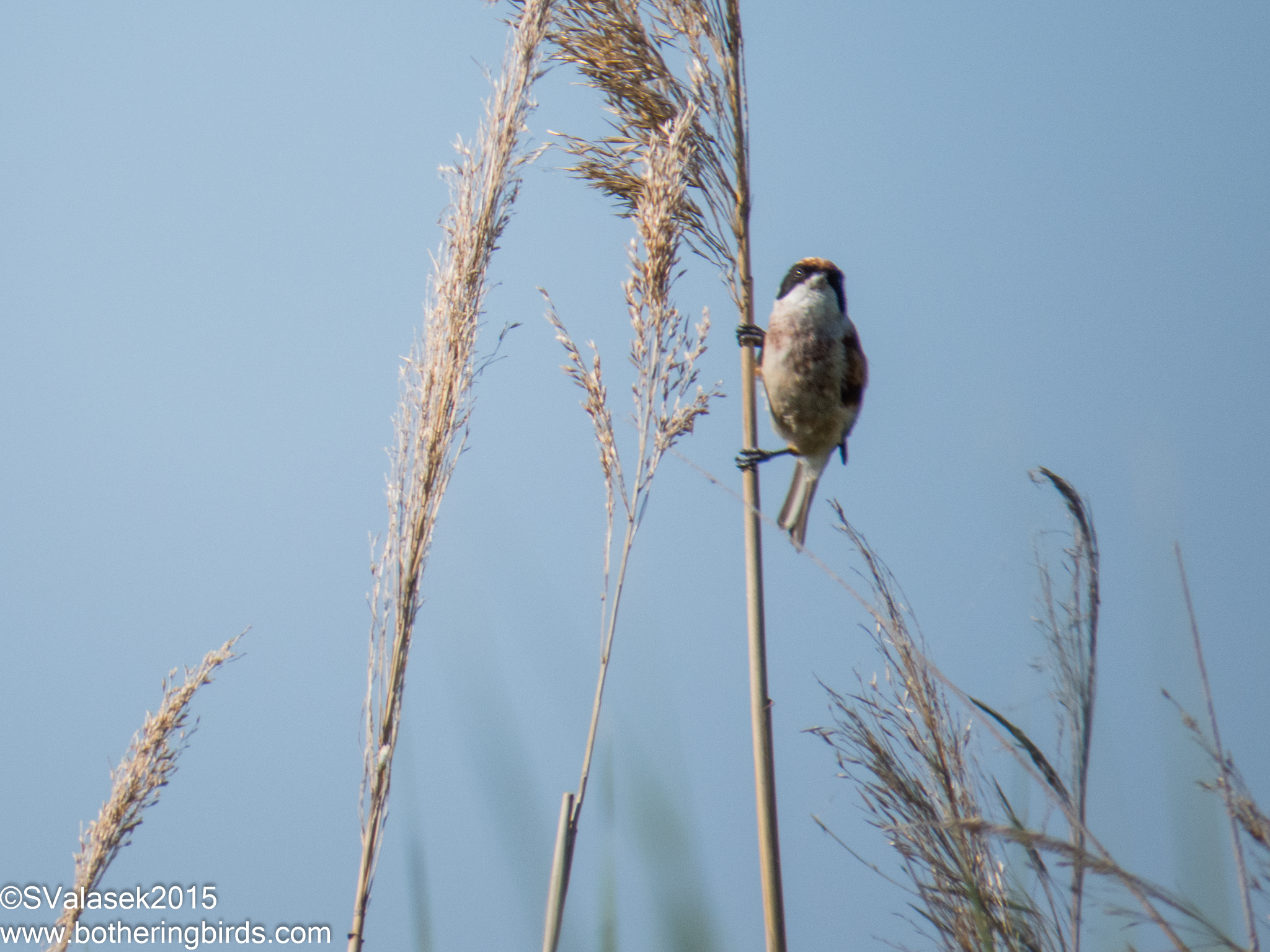 |
| Penduline Tit - Nuesiedlersee NP, Austria |
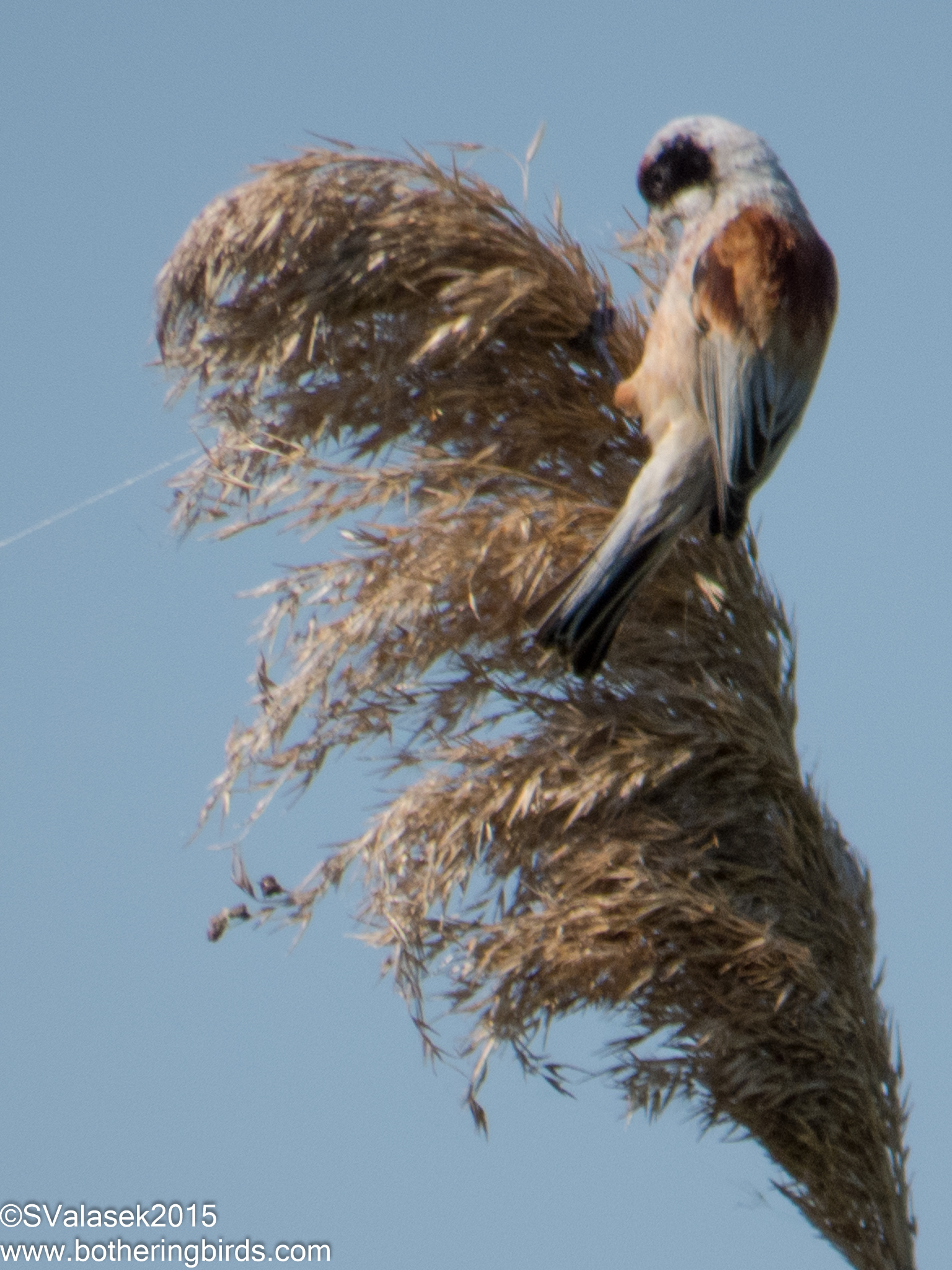 |
| Penduline Tit - Nuesiedlersee NP, Austria |
The skies were busy too. We would see Gray, Night and Purple Herons flying over, as well as this low Spoonbill.
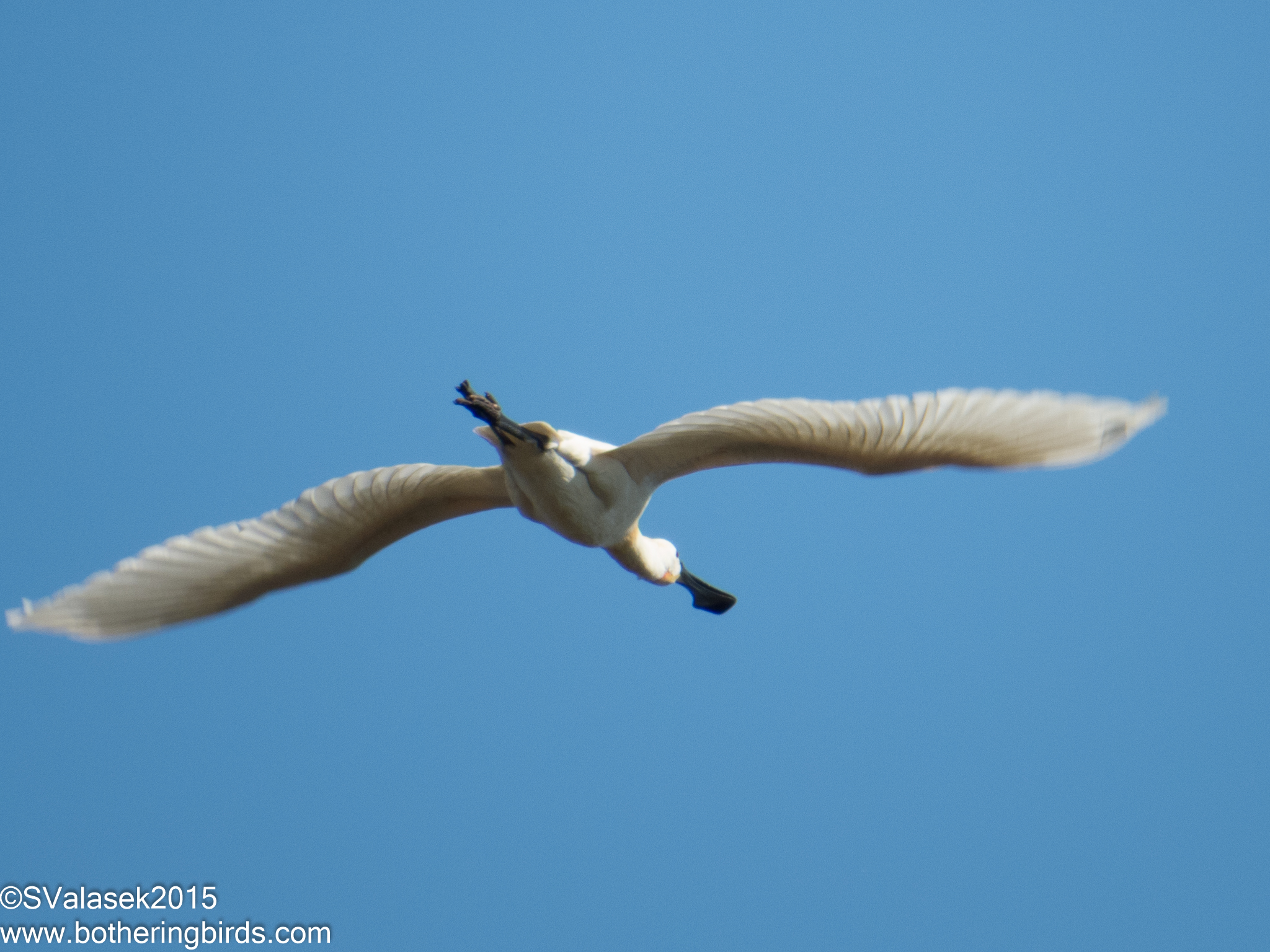 |
| Spoonbill - Nuesiedlersee NP, Austria |
Our Austrian guide then heard one of the target species of the trip calling from the opposite side of the road. We quickly crossed to look for a Moustached Warbler, a very elusive resident of the reed beds. It wasn't long until it was spotted back in the reeds singing away.
 |
| Moustached Warbler - Nuesiedlersee NP, Austria |
Unfortunately, it wouldn't get more visible this day. Along with the Moustached and Great Reed-Warblers, we also saw Barred and this (regular) Reed Warbler.
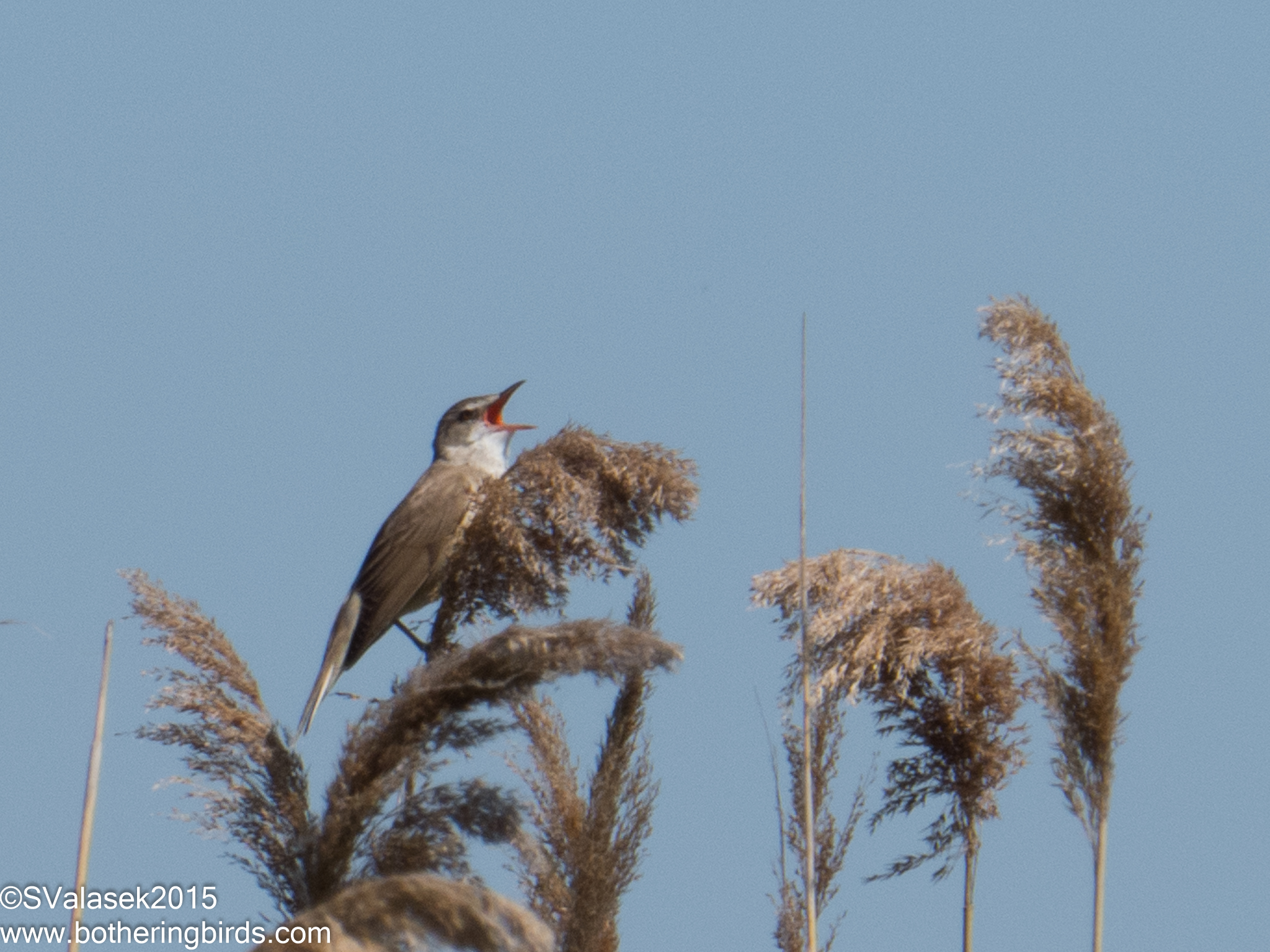 |
| Eurasian Reed Warbler - Nuesiedlersee NP, Austria |
We spotted a pair of Ferruginous Ducks through one of the breaks in the reeds, but the light wasn't good enough for photos. But we also saw a few Great-Crested Grebes, including this one with a chick riding on her back.
 |
| Great-Crested Grebes - Nuesiedlersee NP, Austria |
After seeing what we could in the reeds, the group returned to where the bus was parked so that we could visit a hide near one of the local ponds. I, however; went for a walk into some nearby woods in a futile search for a Wryneck which could be heard singing when the bus let us off earlier in the morning. I did get a good look at a singing Common Cuckoo and a Female Balackcap.
 |
| Common Cuckoo - Nuesiedlersee NP, Austria |
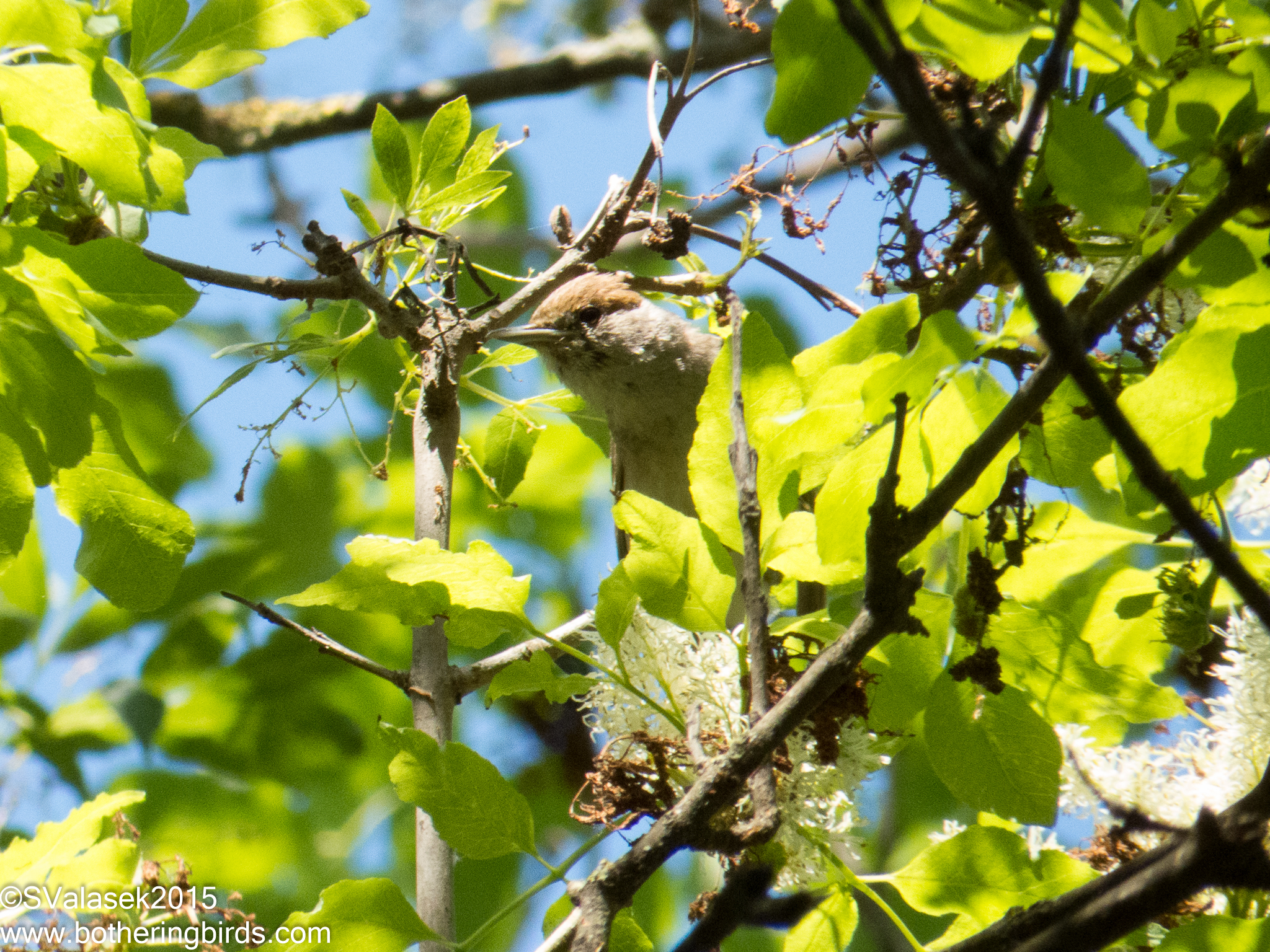 |
| Blackcap (female) - Nuesiedlersee NP, Austria |
After I made my way out of the woods and just before we reboarded the bus, I was told that Little Ringed Plovers were at the hide, they being a lifer tick for me, I ran over for a quick look and was rewarded with some really close views.
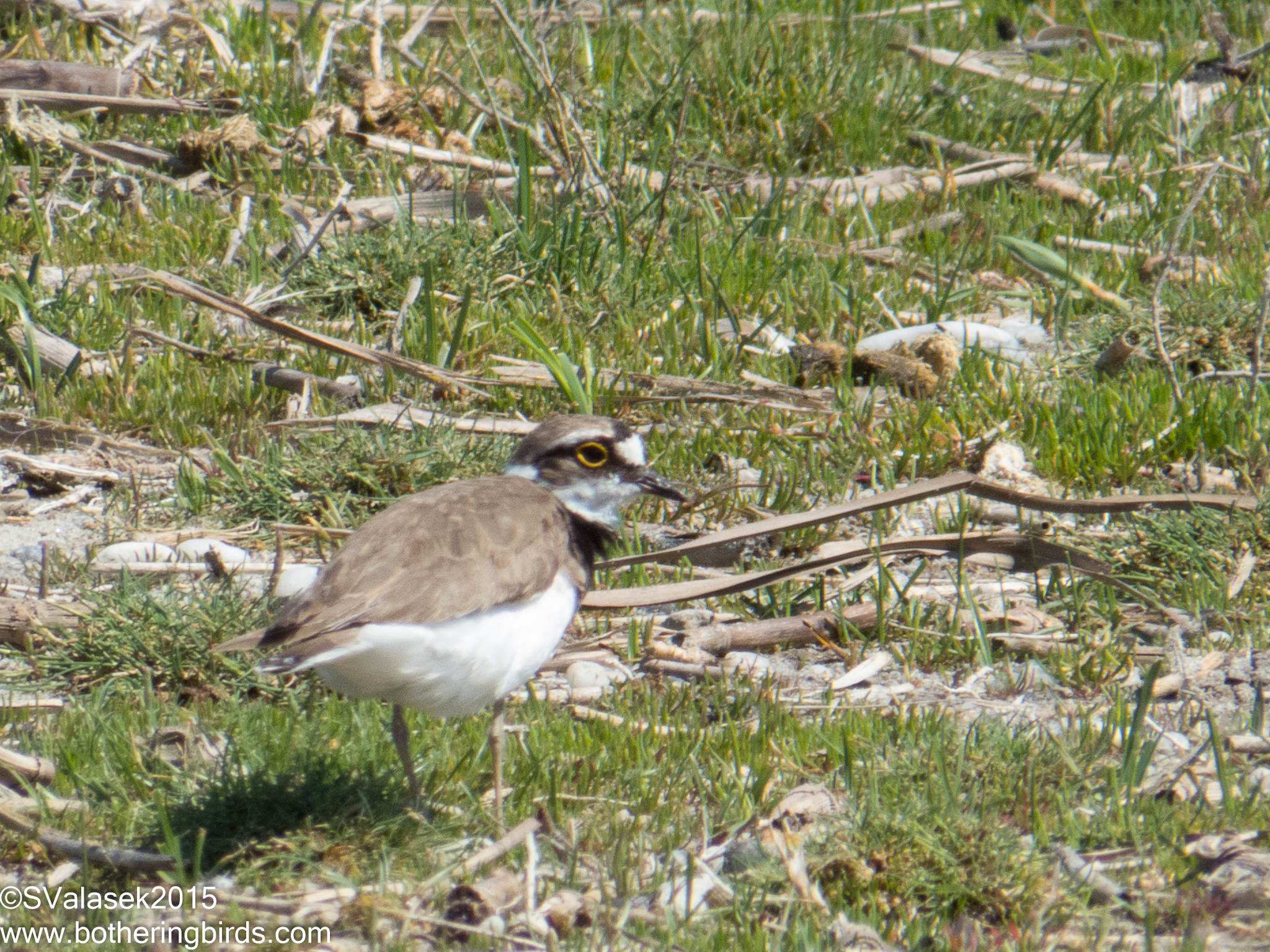 |
| Little Ringed Plover - Nuesiedlersee NP, Austria |
That yellow eye-ring is a great field mark for Little Ringed Plover and was even better to see in person. In addition to the Plovers, a Hoopoe was also in front of the hide foraging. This was probably one of the ones that we had seen a few days earlier taking food to a nearby nest.
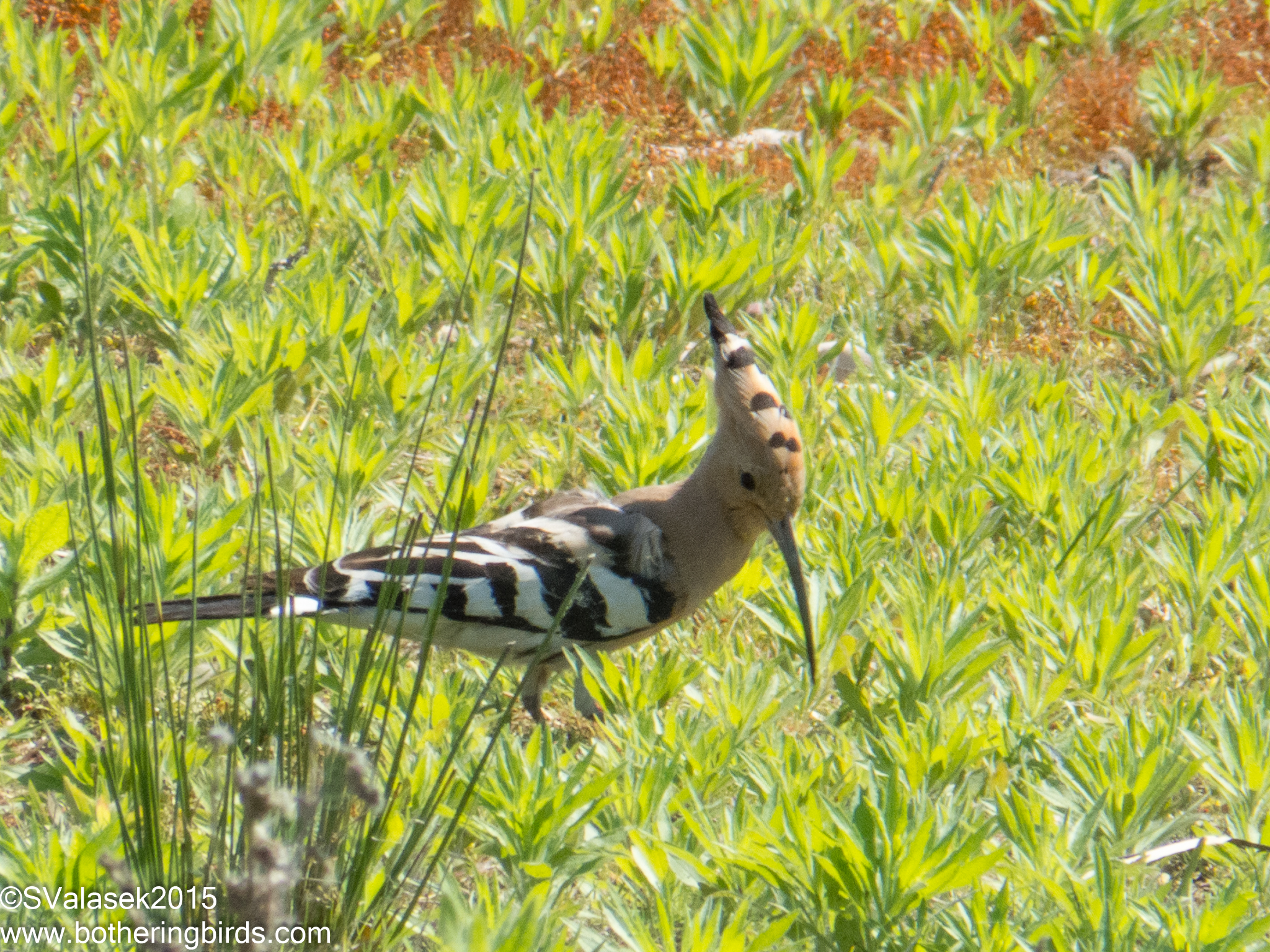 |
| Hoopoe - Nuesiedlersee NP, Austria |
After my run to the hide and then back to the bus, we made a short trip to the nearby Zicklacke, which is one of the larger lakes inside the reed beds surrounding the much larger Nuesiedlersee. Here we saw the typical species of Pied Avocets, Black-Winged Stilts, Mute Swans, Mallards, molting Graylag Geese and even a Gargany.
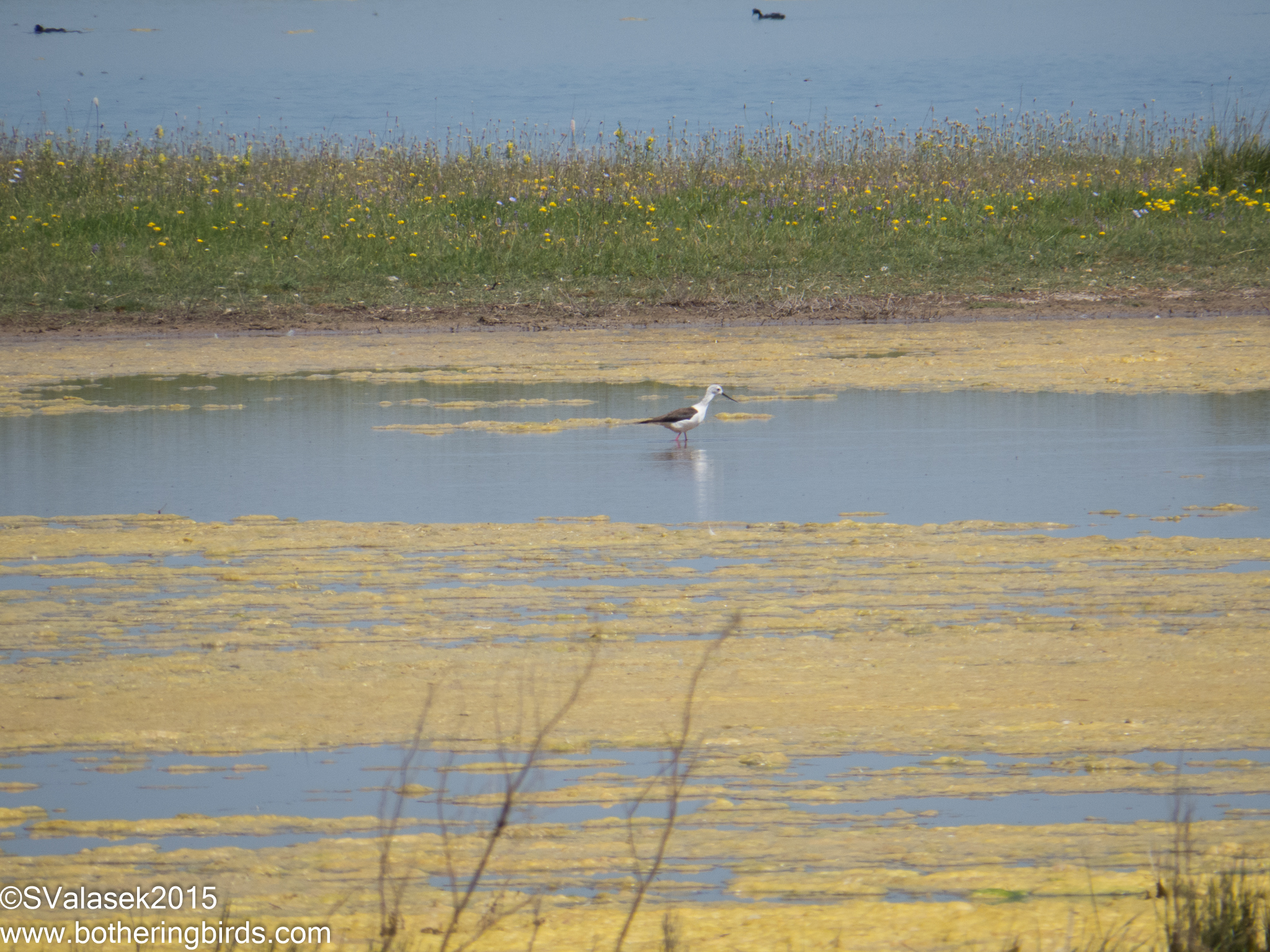 |
| Black-Winged Stilt - Zicklacke, Austria |
But we also saw a pair of unexpected Kentish (aka Snowy) Plovers.
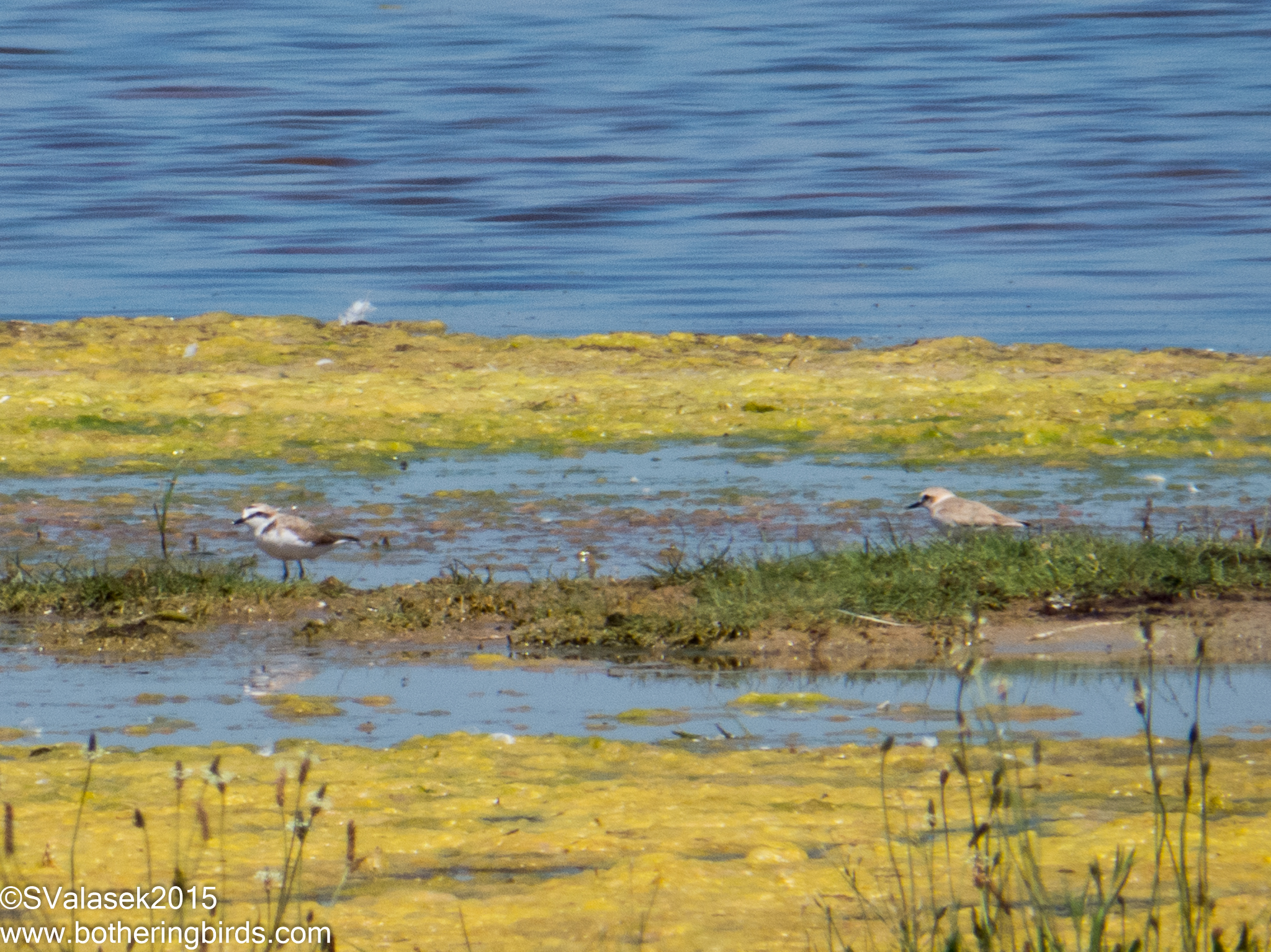 |
| Kentish Plovers - Zicklacke, Austria |
And some of the group got excellent looks at a Barred Warbler, but I didn't manage any photos of it. Once again we boarded the bus for a trip back to Illmitz and lunch. But before we could leave the Zicklacke, a Crested Lark was spotted on the side of the road.
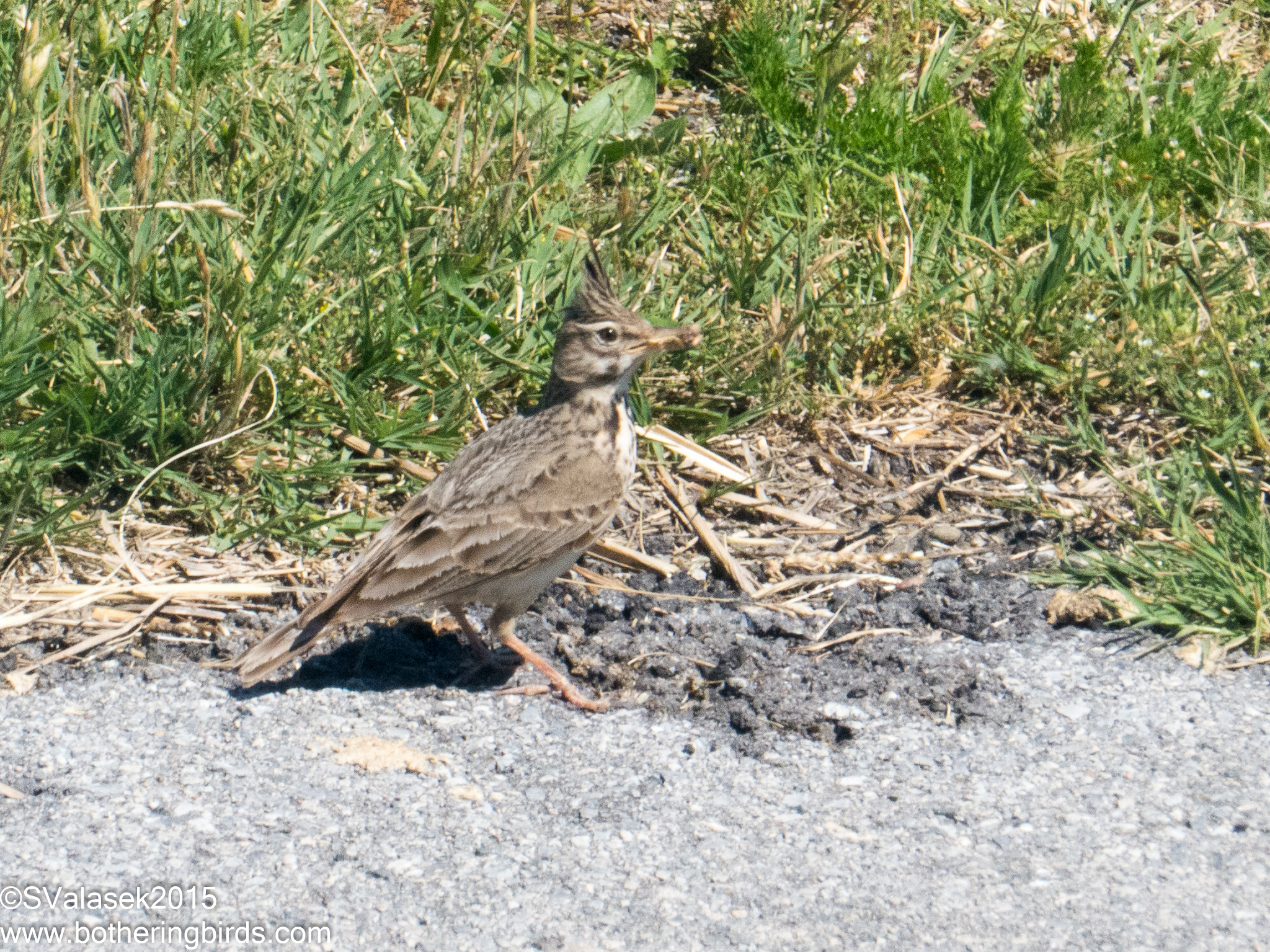 |
| Crested Lark - Zicklacke, Austria |
After our lunch break we ventured East again to the Lange Lacke area. Lange Lacke is German for "long puddles" and describes the meadows and wetlands found in the area.
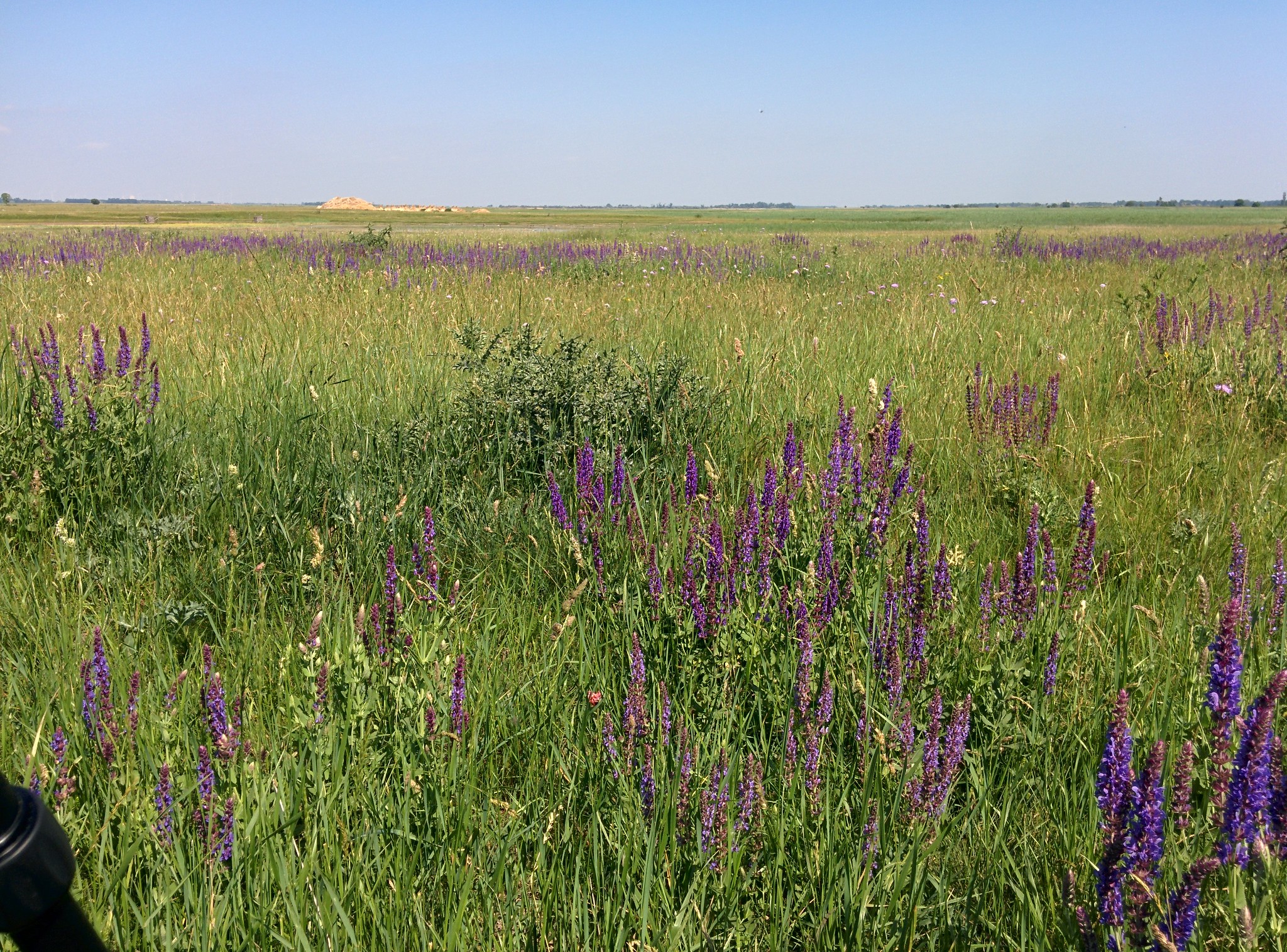 |
| Lange Lacke Meadows - Gemeinde Apetlon, Austria |
These particular meadows are the last to be grazed by cattle using traditional methods of shepherds with dogs and are protected. These meadows have been used this way for over 400 years. We could only stand at the edge and scan for birds on the various ponds. Once again the expected waterfowl and waders were seen. But across the road a small stand of trees held another Long-Eared Owl nest. This one had one of the adults in plain view, my best view ever of a LEOW.
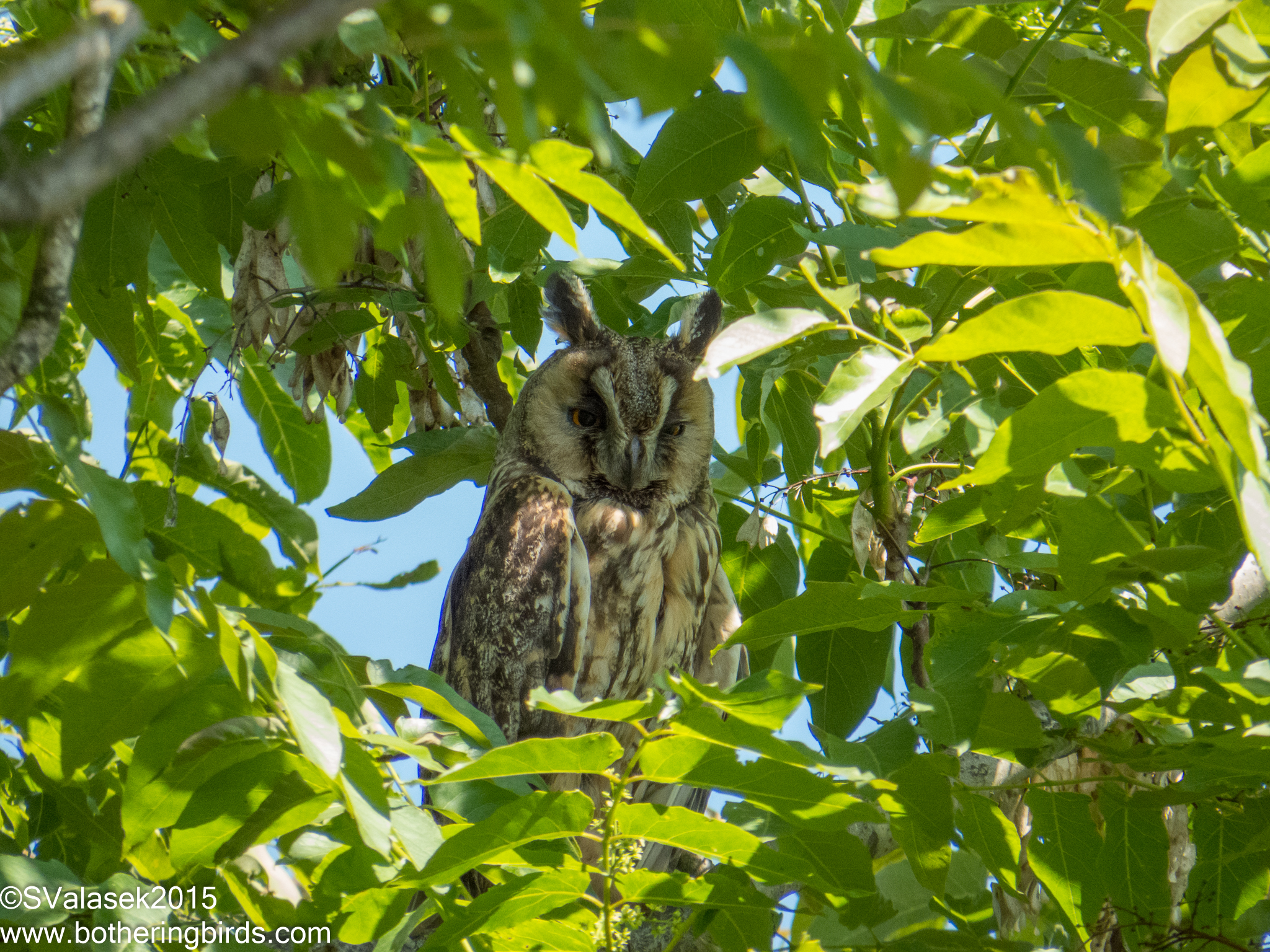 |
| Long-Eared Owl - Lange Lacke, Austria |
The area also held lots of Western Yellow Wagtails of the "blue-headed" subspecies.
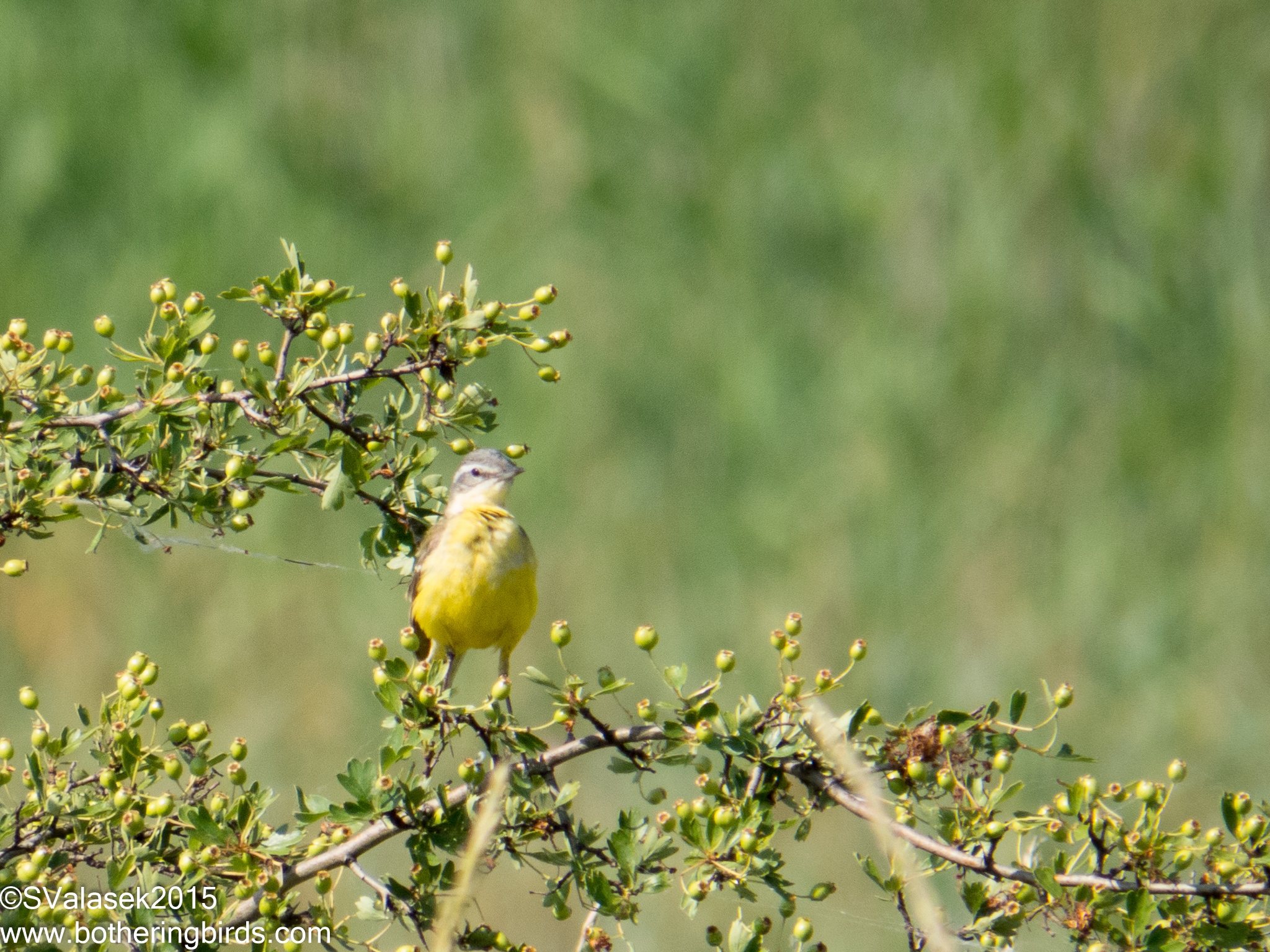 |
| Western Yellow Wagtail - Lange Lacke, Austria |
The reason for our trip was to see nesting Whiskered Terns. They are one of the 3 types of marsh terns, terns not typically found near coasts, and the one type that is not commonly found in Ireland or the UK. There were a few nests in one of the flooded fields and adults were constantly flying around.
 |
| Whiskered Tern - Lange Lacke, Austria |
The Lange Lacke area was our final birding spot on day 4, but it wasn't the last stop for the group. We traveled a bit further east to see a certain mammal, but I'm planning on making a separate post of all the non-bird photos that I took during the trip. These are long enough as it is.
Day 5 would take us to my ancestral homeland of Slovakia, which I'll write about in the next post. Thanks for making it this far,
Cheers
